Free Lensing - Creating a Tilt Shift Effect Using Any Lens
by Heather-Hiding-Photography in Circuits > Cameras
11669 Views, 83 Favorites, 0 Comments
Free Lensing - Creating a Tilt Shift Effect Using Any Lens
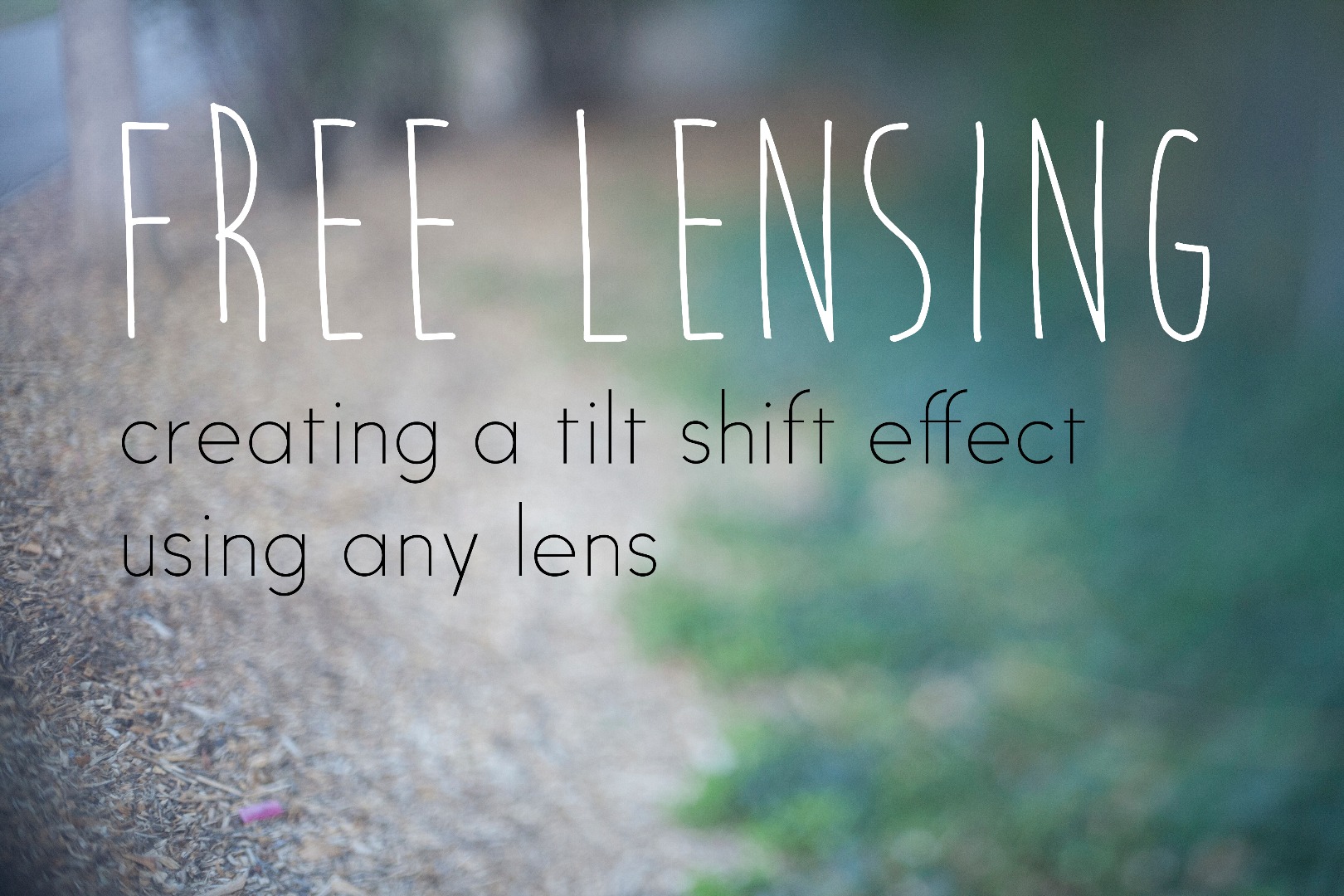
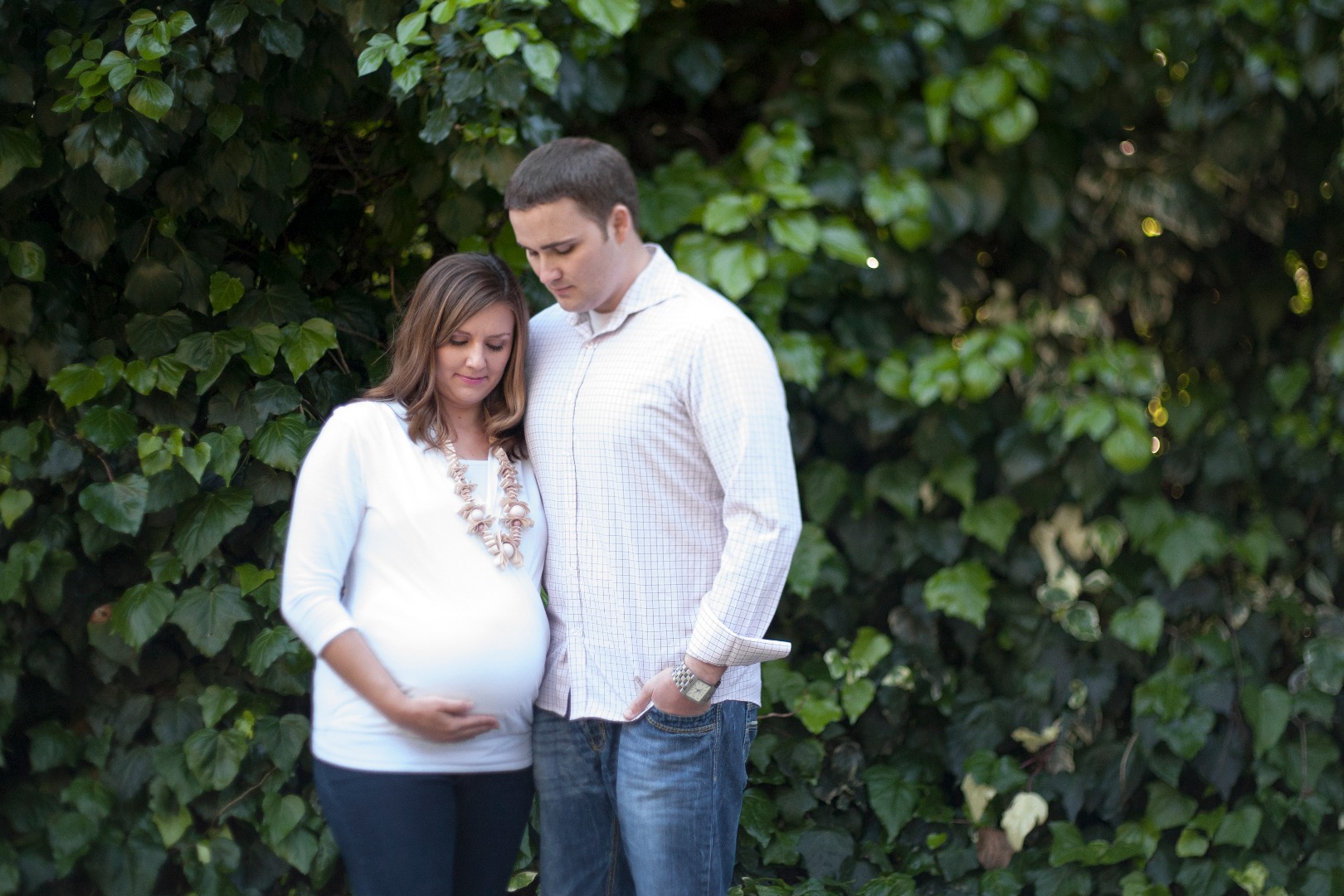

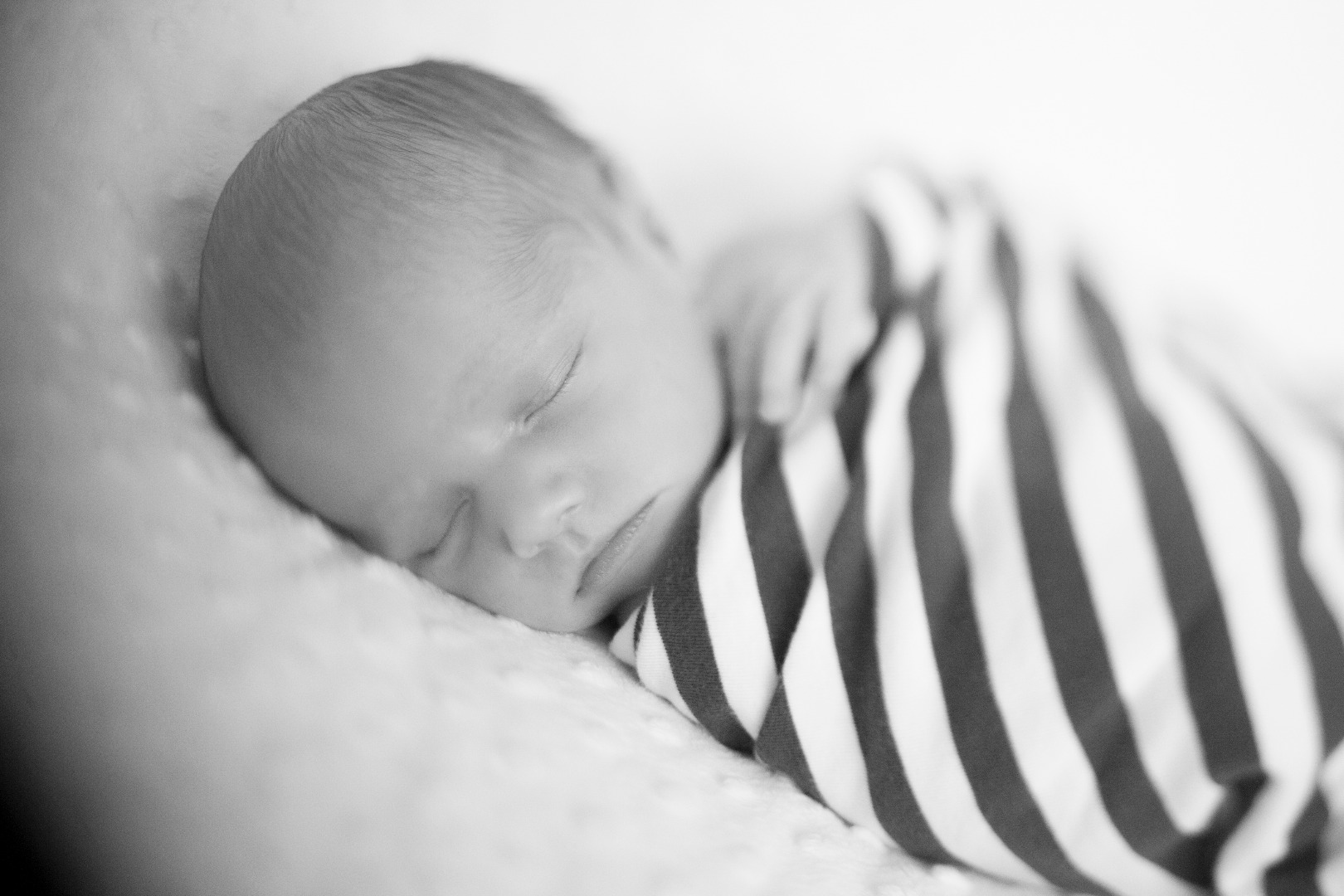
Digital photography is a great way to capture the world around you, whether you are a blossoming hobbyist or a skilled professional. However, photography can get expensive! With so many cameras and accessory options on the market (and so LITTLE money in your pocket to spend) knowing how to get more out of your equipment will not only save you money, but allow you to capture images in new and artistic ways!
That's why THIS photography hack is one of my favorites. Free lensing is a technique that mimics the effect of a specialty tilt shift lens without the added cost of buying new equipment (the cheapest Lensbaby tilt shift lens starts at $89). Using what equipment you ALREADY own (a DSLR camera and detachable lens), this tutorial will show you how to turn a regular shot into a tilt shift masterpiece!
Materials and Required Skills
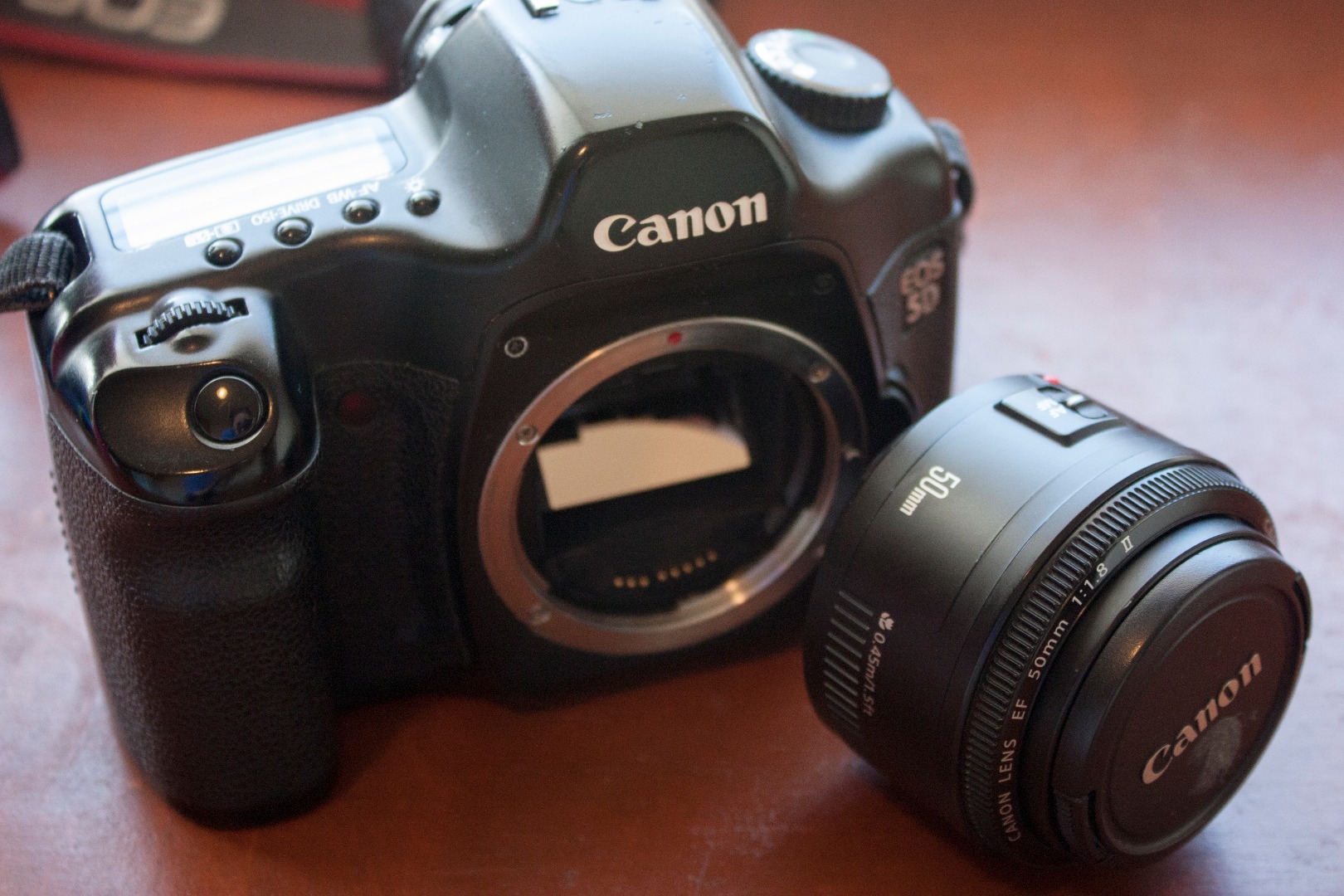
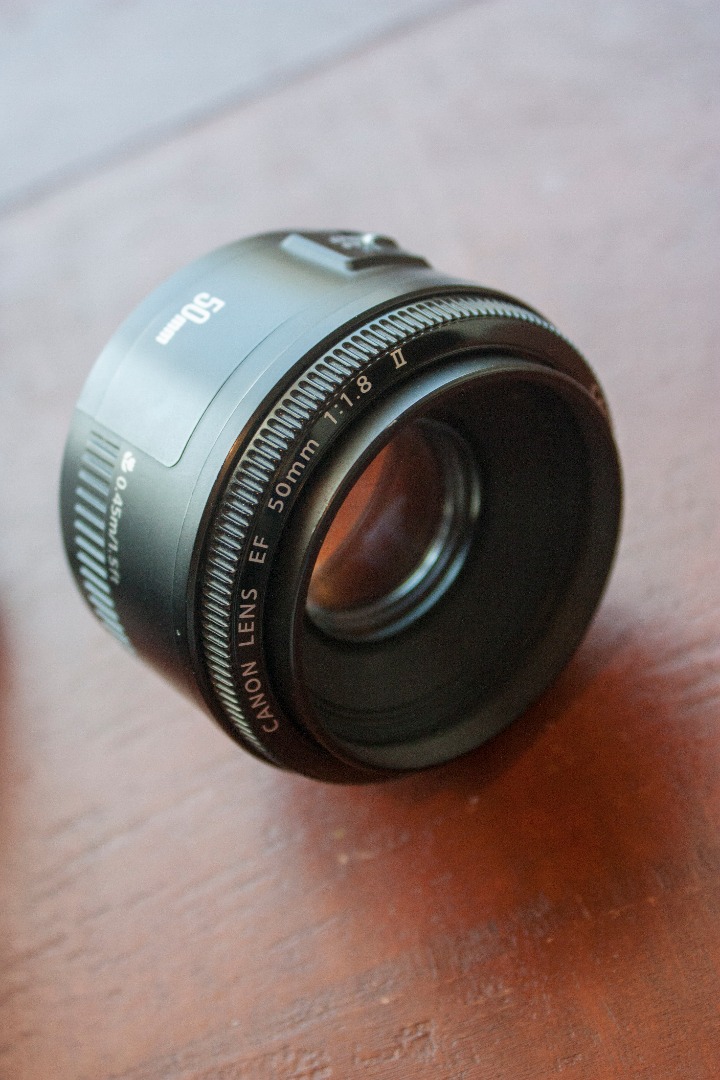
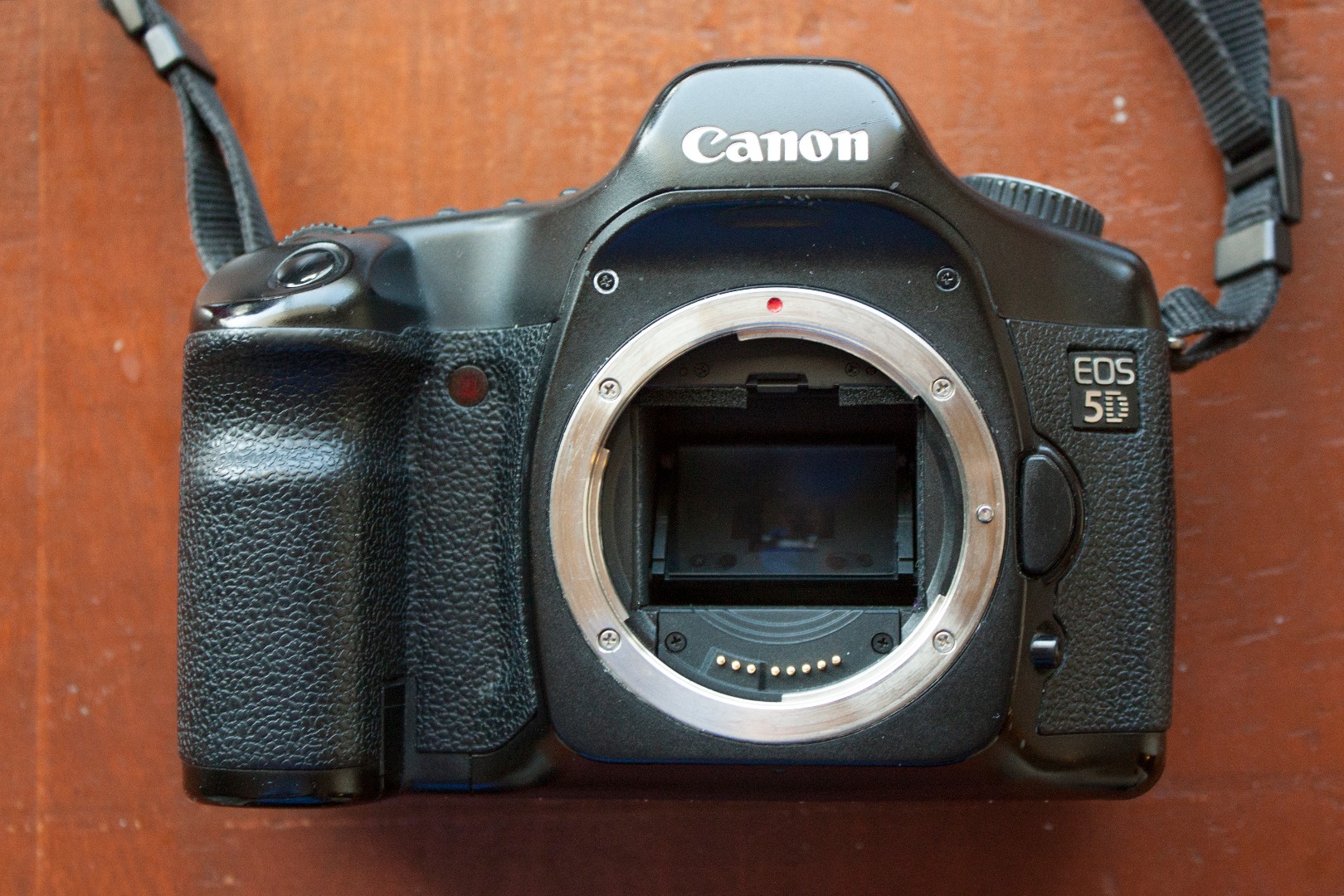
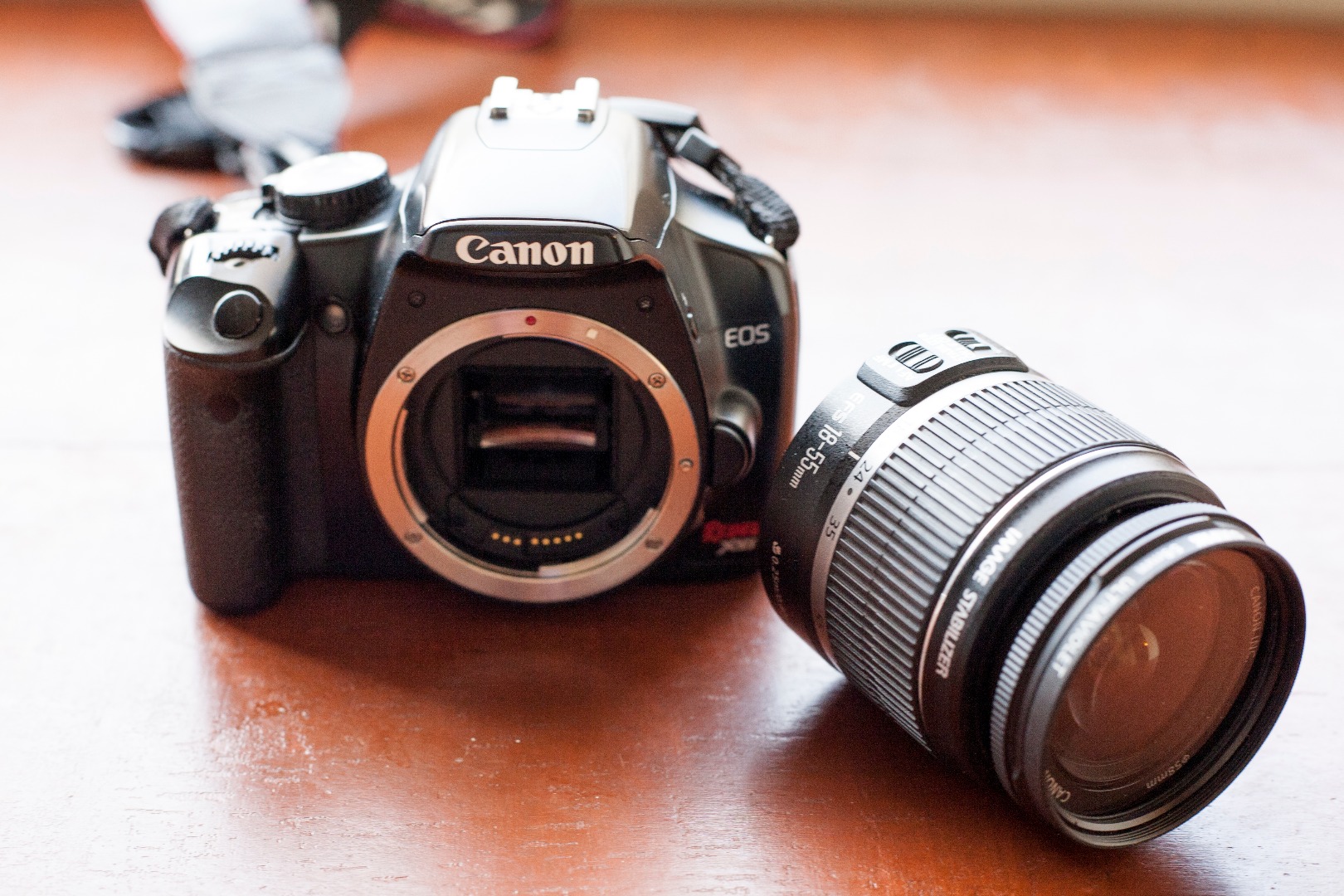

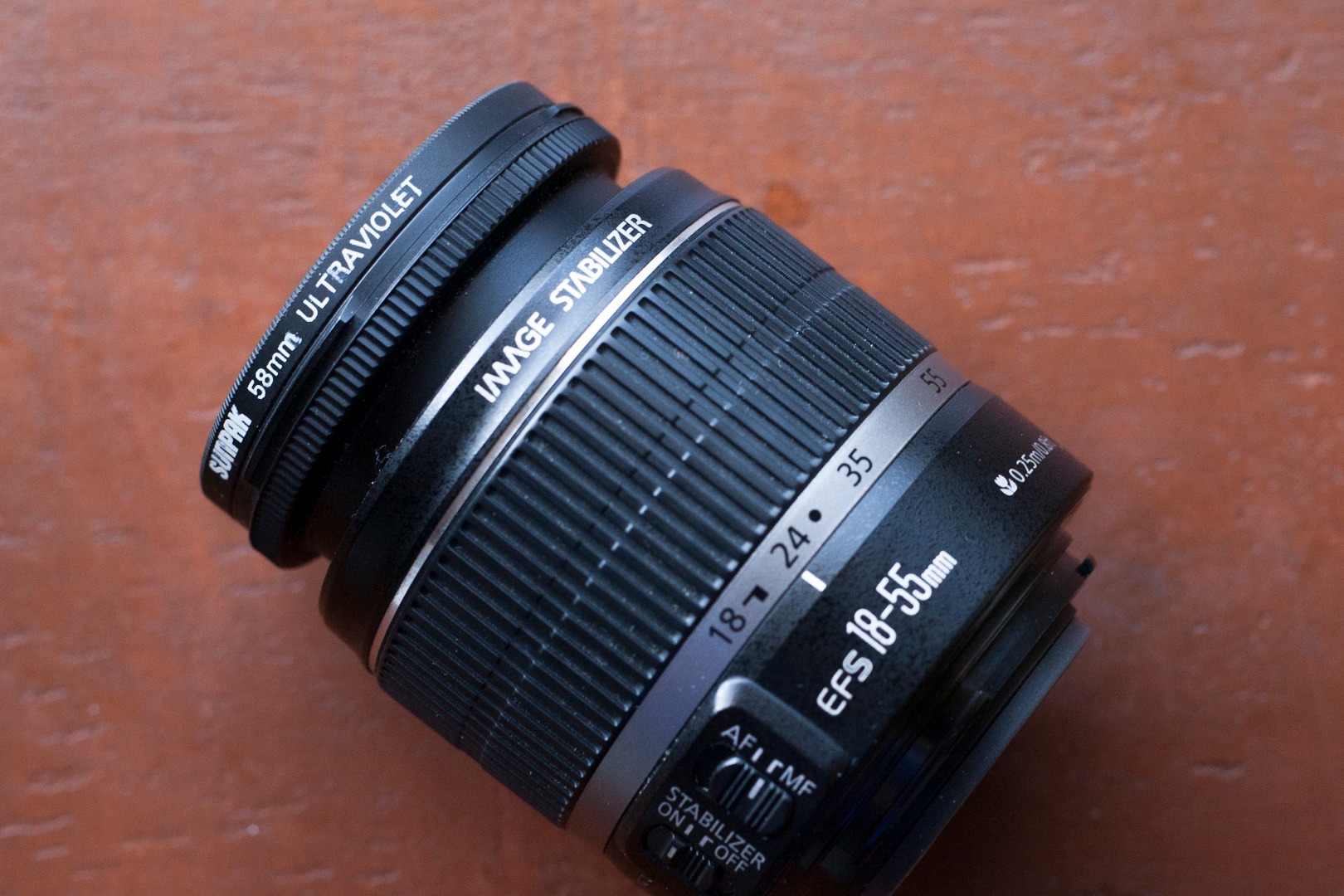
Materials:
- DSLR Camera
- Interchangeable Lens
- Camera Neck Strap (Suggested)
Required Skills:
- Ability to manually adjust shutter speed
- Basic knowledge of how to use the in-camera exposure meter
-
Ability to balance and hold the camera and lens with one hand while adjusting several settings with the other
--------------------------------------------------------------------------------------------------
I have tested this technique using only Canon cameras, but I assume this would work with a variety of digital cameras, as long as the lens is detachable.
Specifically, I have used two different set ups for this free lensing technique. Here are my specs:
1. Canon EOS Rebel XSI camera body with 18-55mm EFS Kit Lens (it came with the camera body)
2. Canon EOS 5D camera body with 1.8, 50mm EF Lens (I bought the lens for $110 on Adorama.com)
What Is Free Lensing?
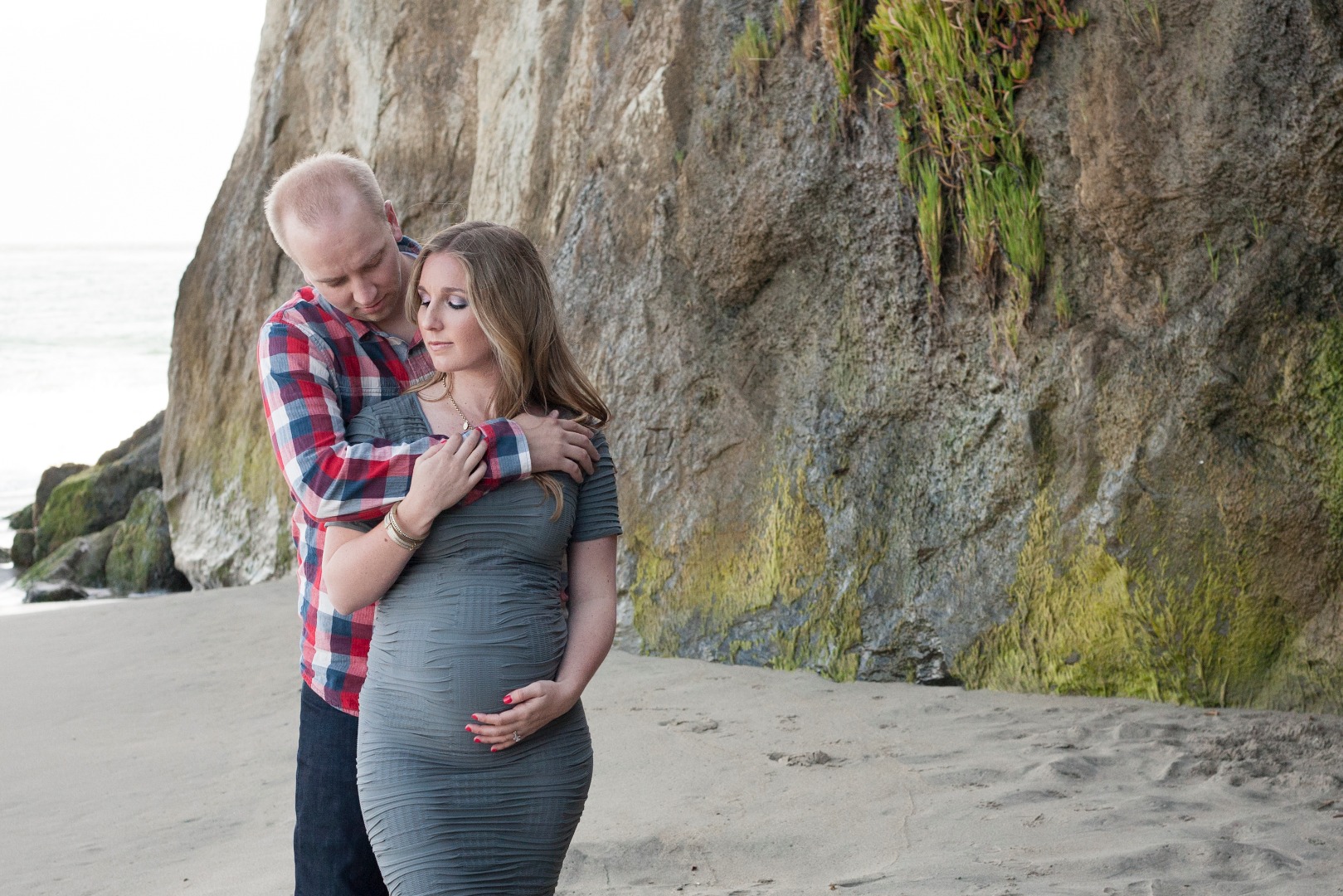
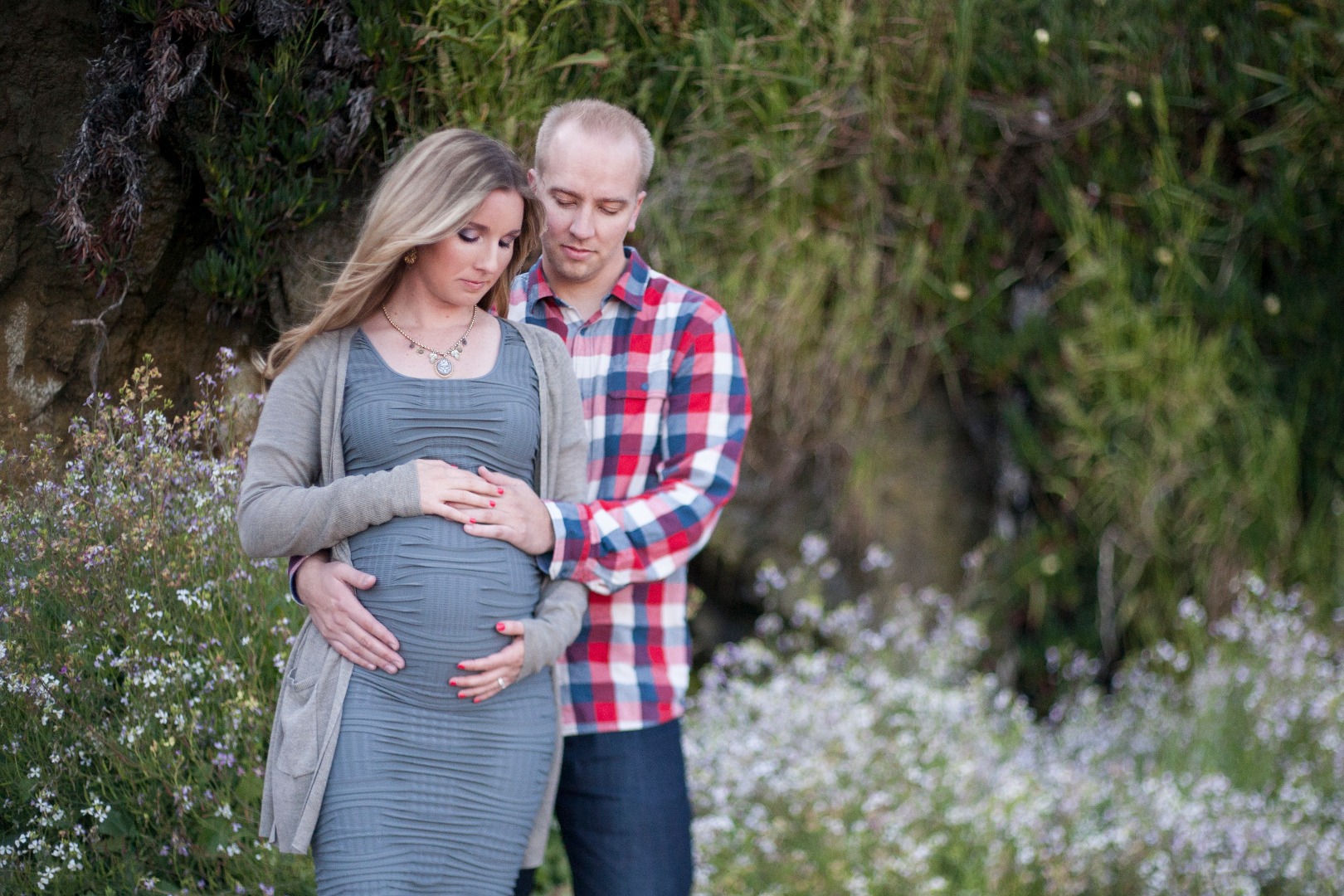
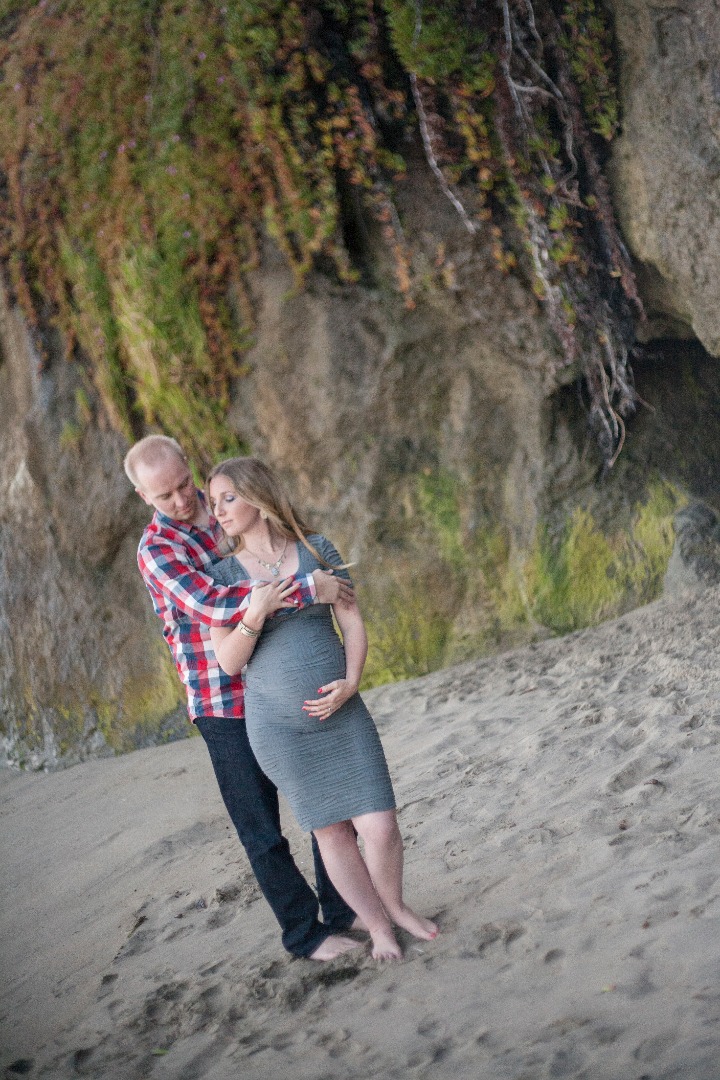
Free Lensing refers to the fact that your lens will not be attached to the camera body; instead, to accomplish the tilt shift effect, you will actually hold your lens slightly away from the camera body and tilt it side to side. This technique, while a bit difficult to master at first, can help you create artistic shots without the need of an expensive tilt shift lens.
Benefits of the Free Lensing Technique:
- It's FREE! It takes what you already own and allows you to create beautiful tilt shift images!
- Separating the lens from the camera body lets in natural light leaks which adds an organic, antique, or dreamy look to your photos
- Creates intriguing natural vignettes on the sides of the photo
- The focus of your photo will be thrown out of whack, producing a beautifully unique depth of field
- Allows the photographer to manually draw the focus to the subject while creating an extremely blurred background
- Allows a regular kit lens (which usually has a limited f-stop of F5, or so) to have a much smaller F-stop (similar to a 1.8 or 1.4 Prime lens)
- Creates beautiful bokeh when shooting lights in the background (such as Christmas lights)
Mastering the Juggling Act
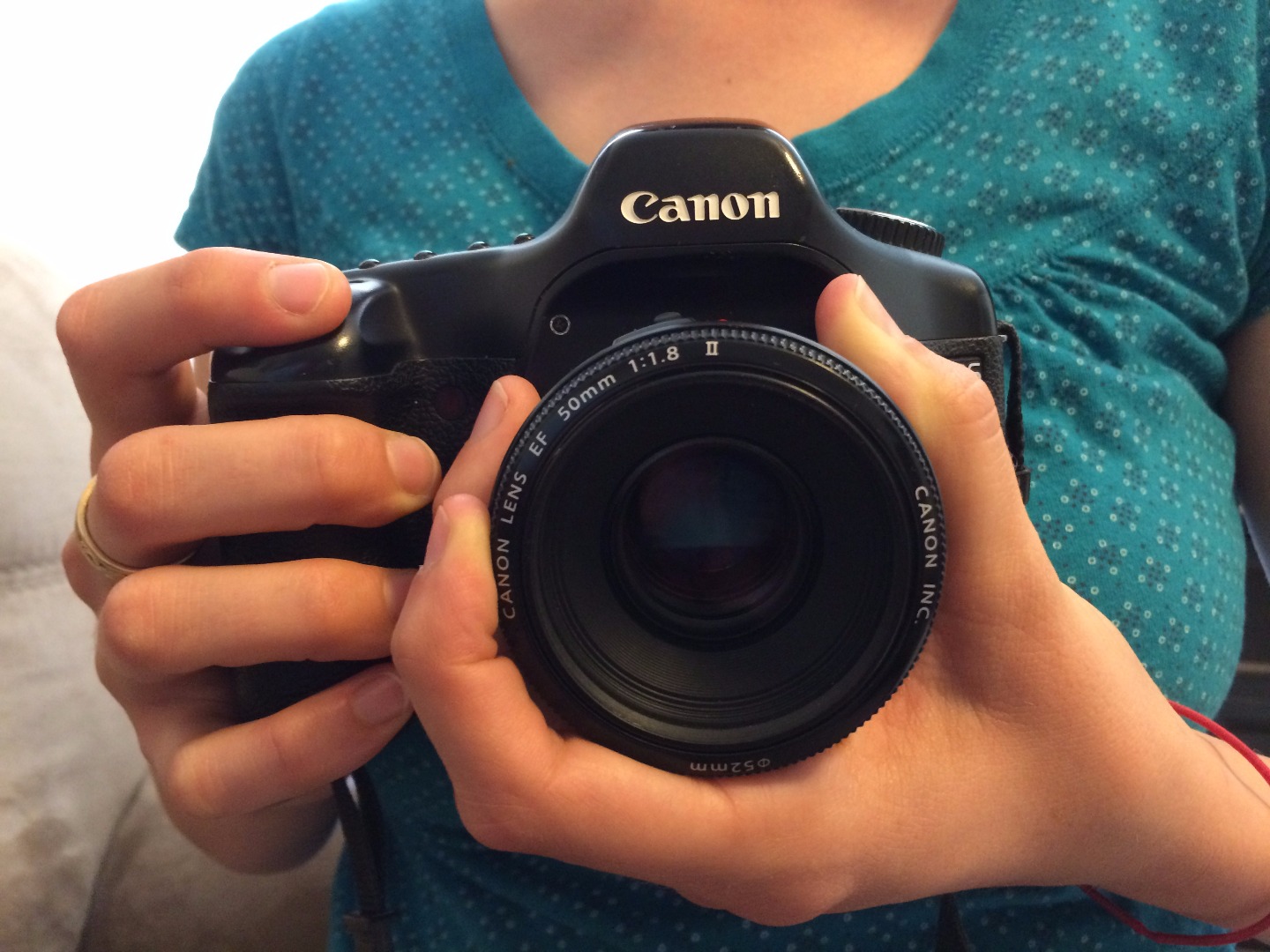
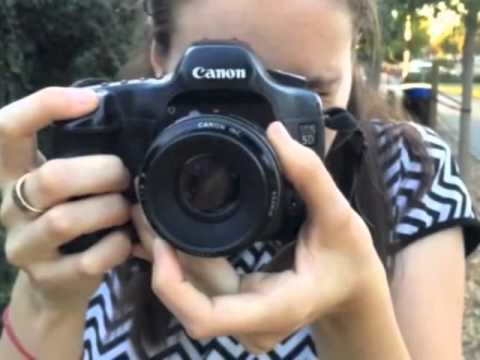
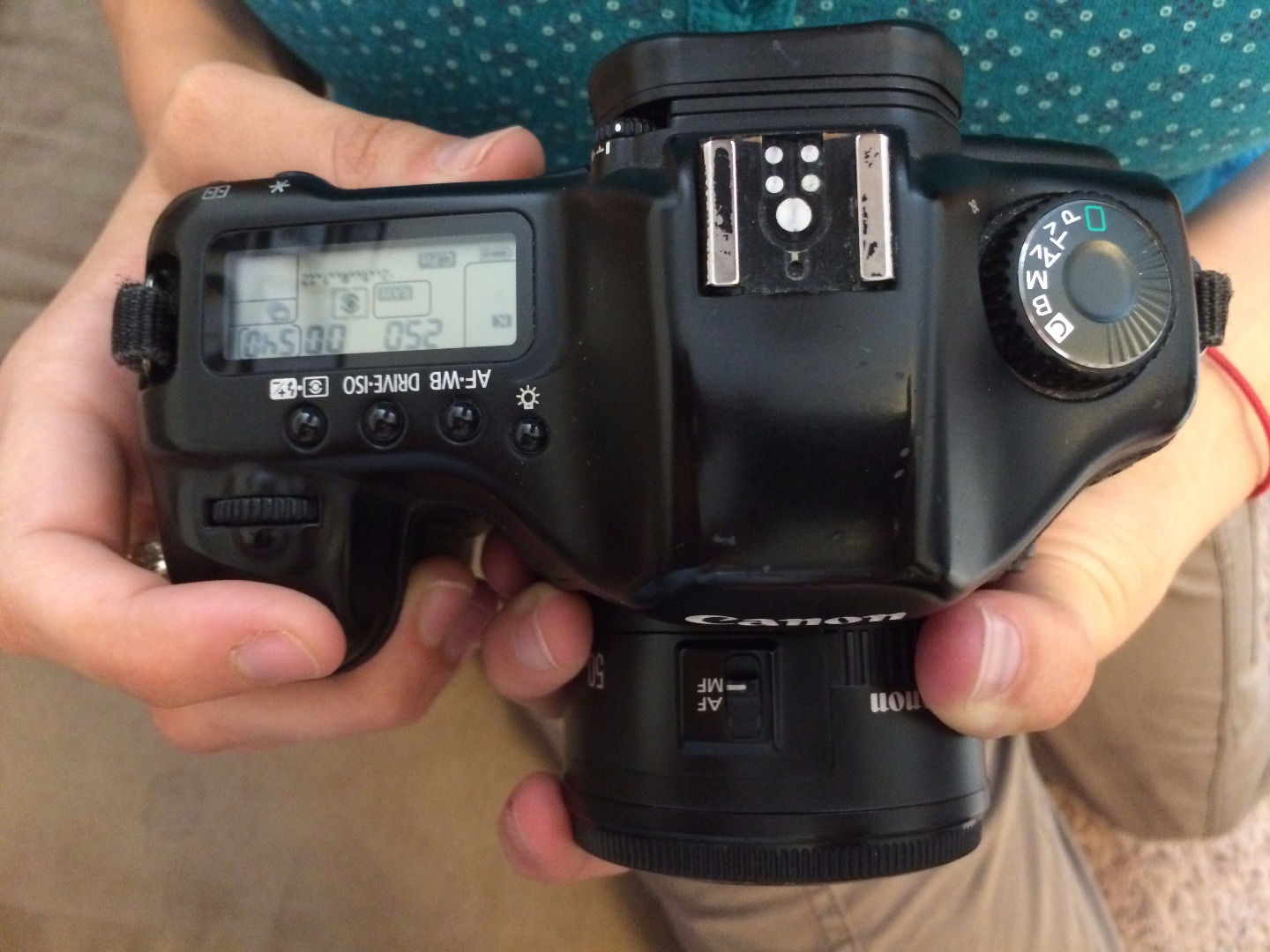
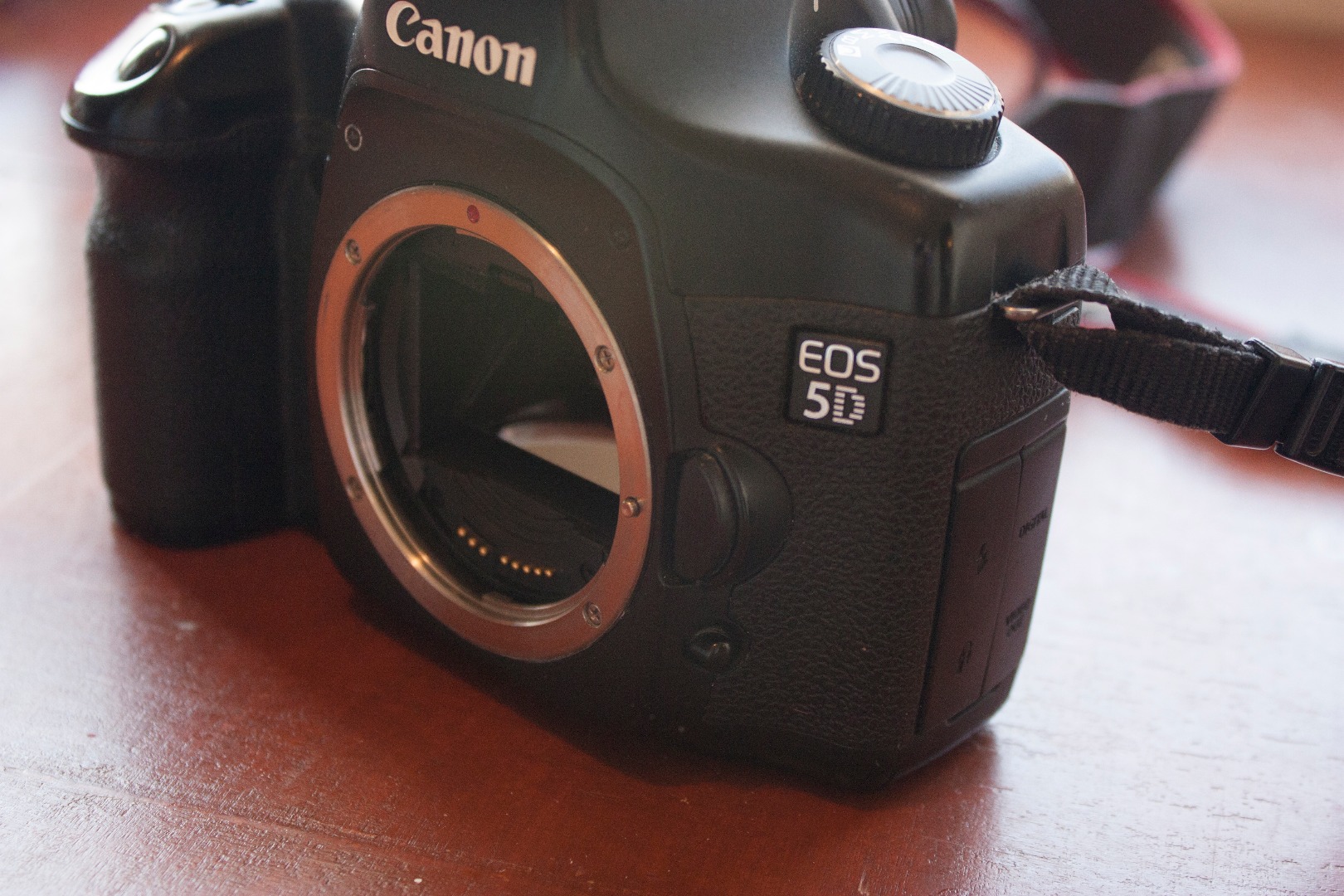
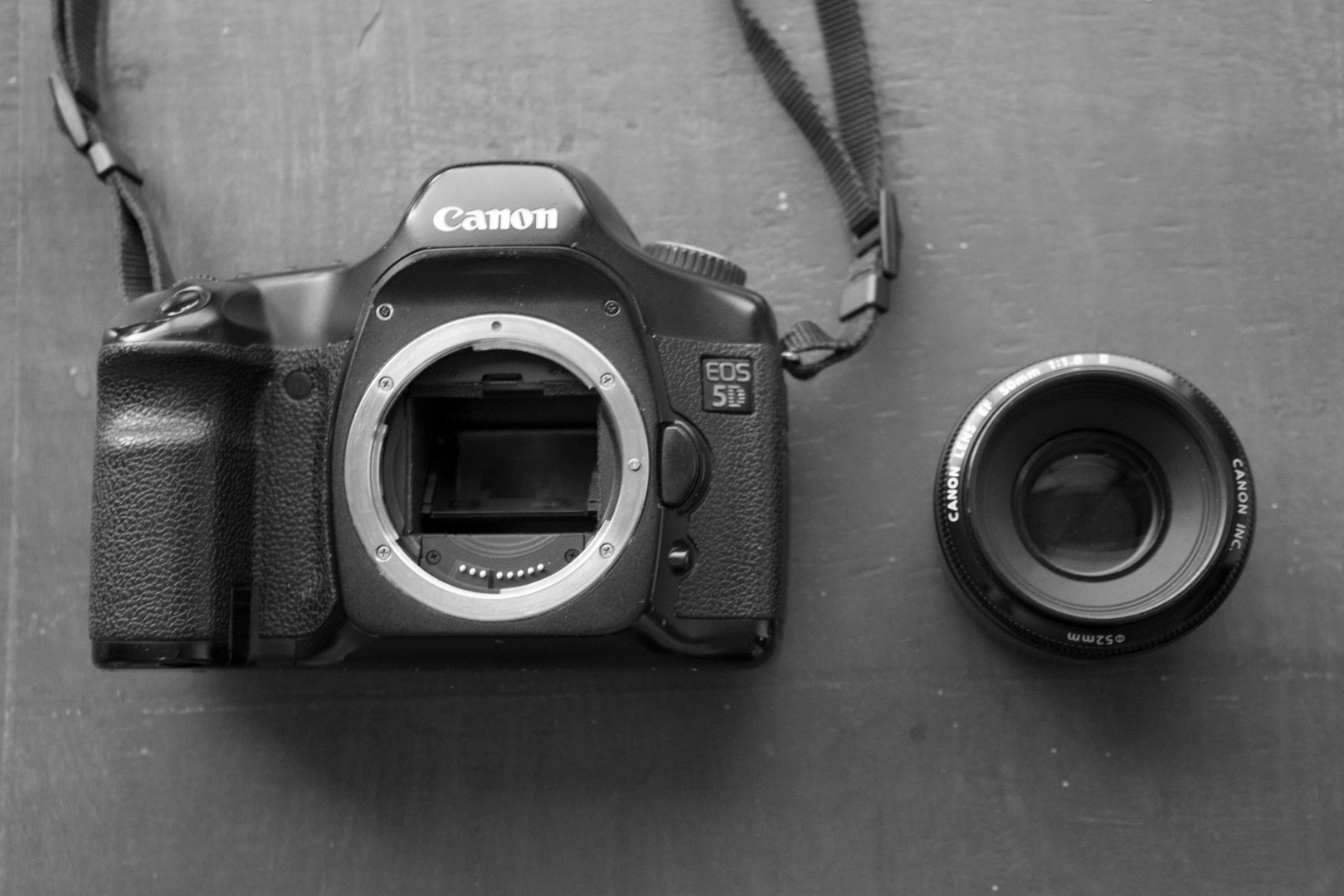
Now that you know what free lensing is, here's your chance to dive right in! So, grab your camera and lens and try out these steps. Best of luck--I sure hope you know how to juggle several things at once! :)
- Be sure you know how to take your lens off. There should be a button near the lens mount that you can press. Then, you can simply rotate the lens to take it out. For now, go ahead and connect the lens to the camera body.
- You might also want to have your neck strap around your neck, just so you don't drop the camera body while manipulating the lens.
- Place your left hand under the lens, making sure to put your pointer finger on the focus ring. Your thumb and middle finger will be used to angle the lens. See the photo to view exactly where your fingers go under the lens.
- Your right hand should hold onto the camera body, making sure to put your pointer finger near the shutter button so you're ready to snap that photo.
- Place the camera body up to your torso for support while you gently remove the lens; be careful not to drop it!
- You can now adjust the angle of the lens and manually focus the photo using your left hand (see 'Step 4: Nailing the Focus')
- Snap away using your right pointer finger! If your photo's exposure needs adjusting, feel free to change the shutter speed or ISO (see 'Step 5: Creating the Perfect Exposure').
Feel free to watch the video of me in action so you can see how I juggle everything at once! Notice that there are two different camera and lens combinations in the video: a Canon EOS 5D paired with a 1.8, 50mm EF lens and a Canon EOS Rebel XSI paired with the 18-55mm EF kit lens. I find that using a smaller lens for free lensing (the 50mm, for instance) is a lot easier because it's easier to reach the focus ring on the lens. Either can be used, of course, but I do have a preference for my 'nifty fifty' lens!
Nailing the Focus
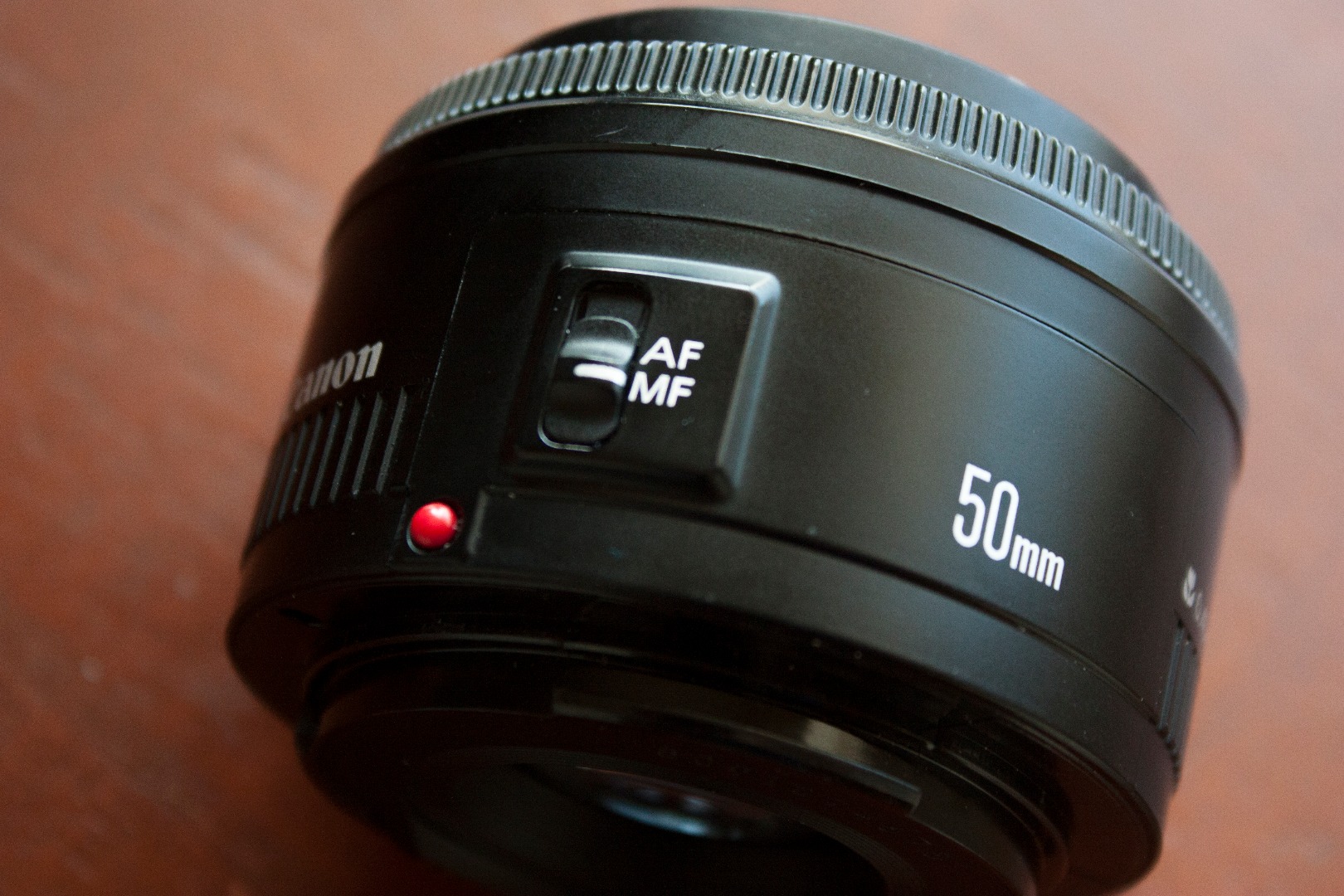
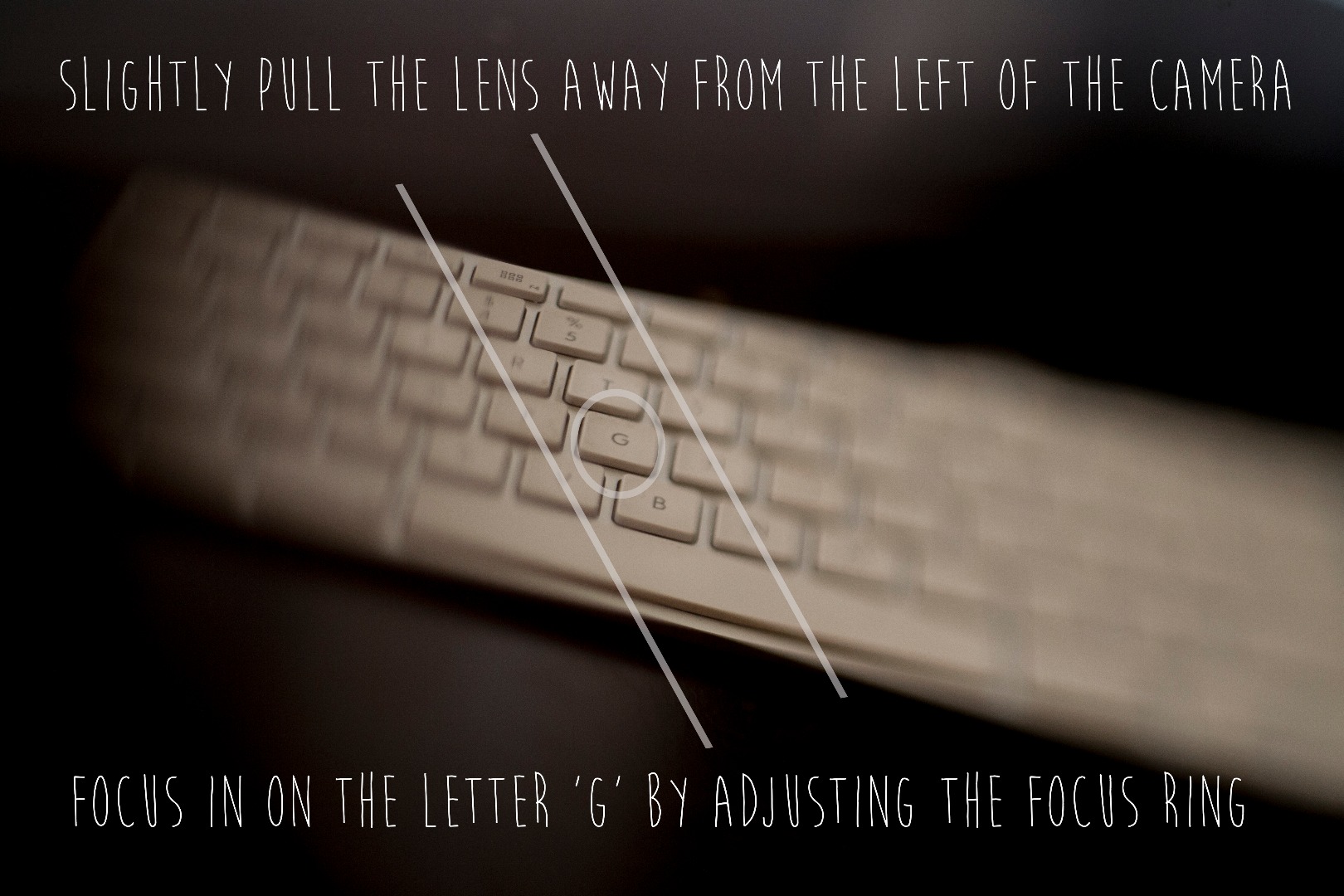
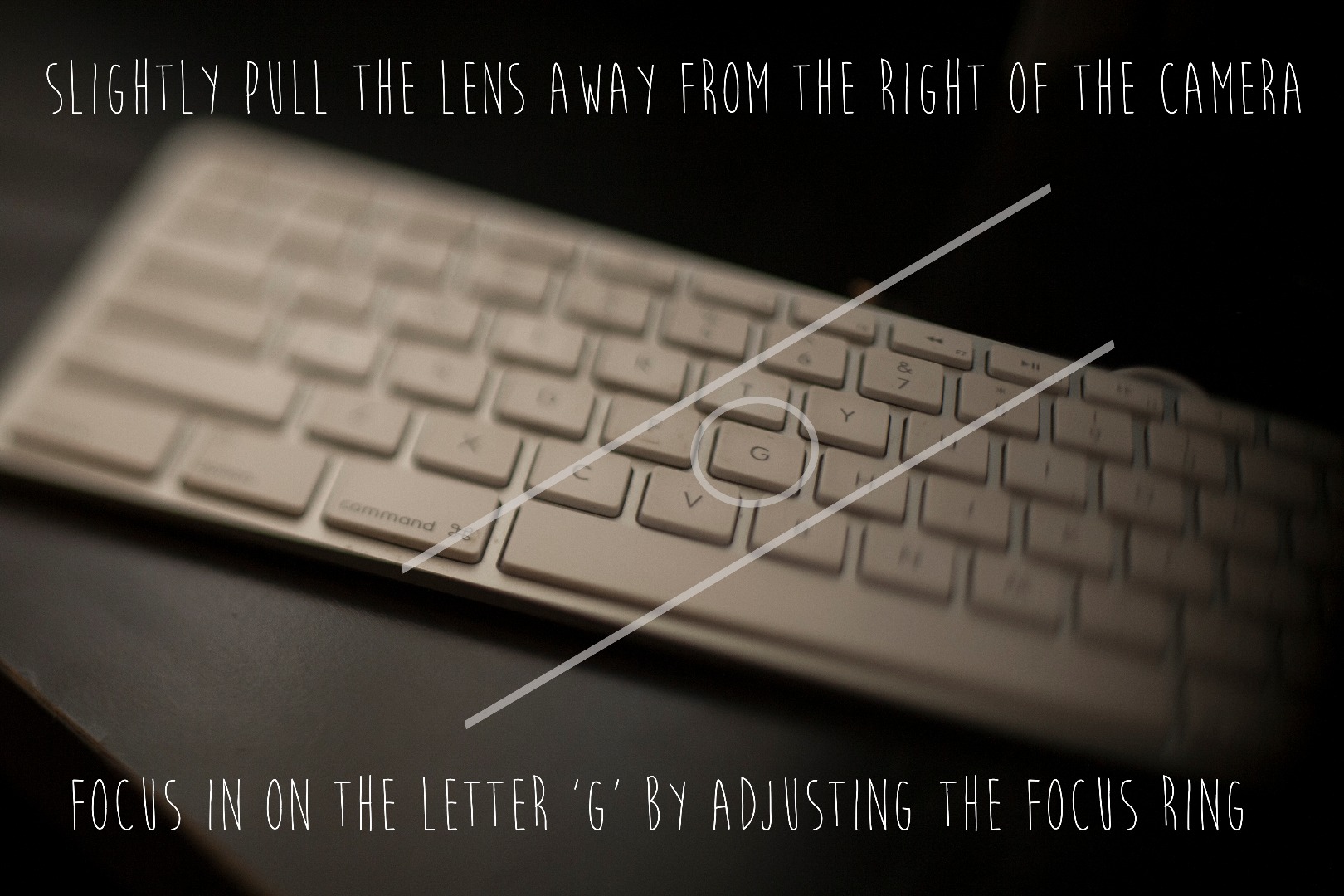
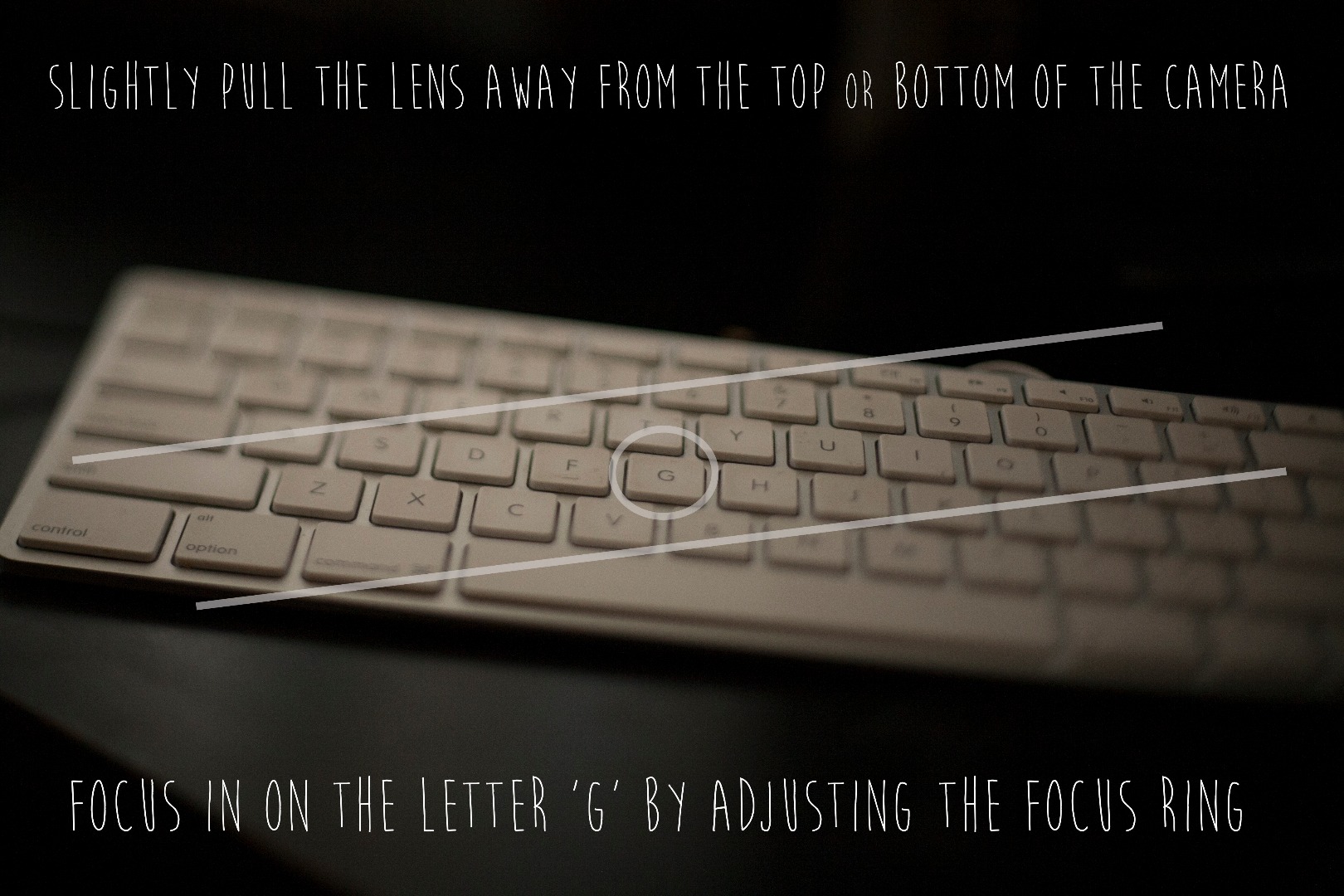
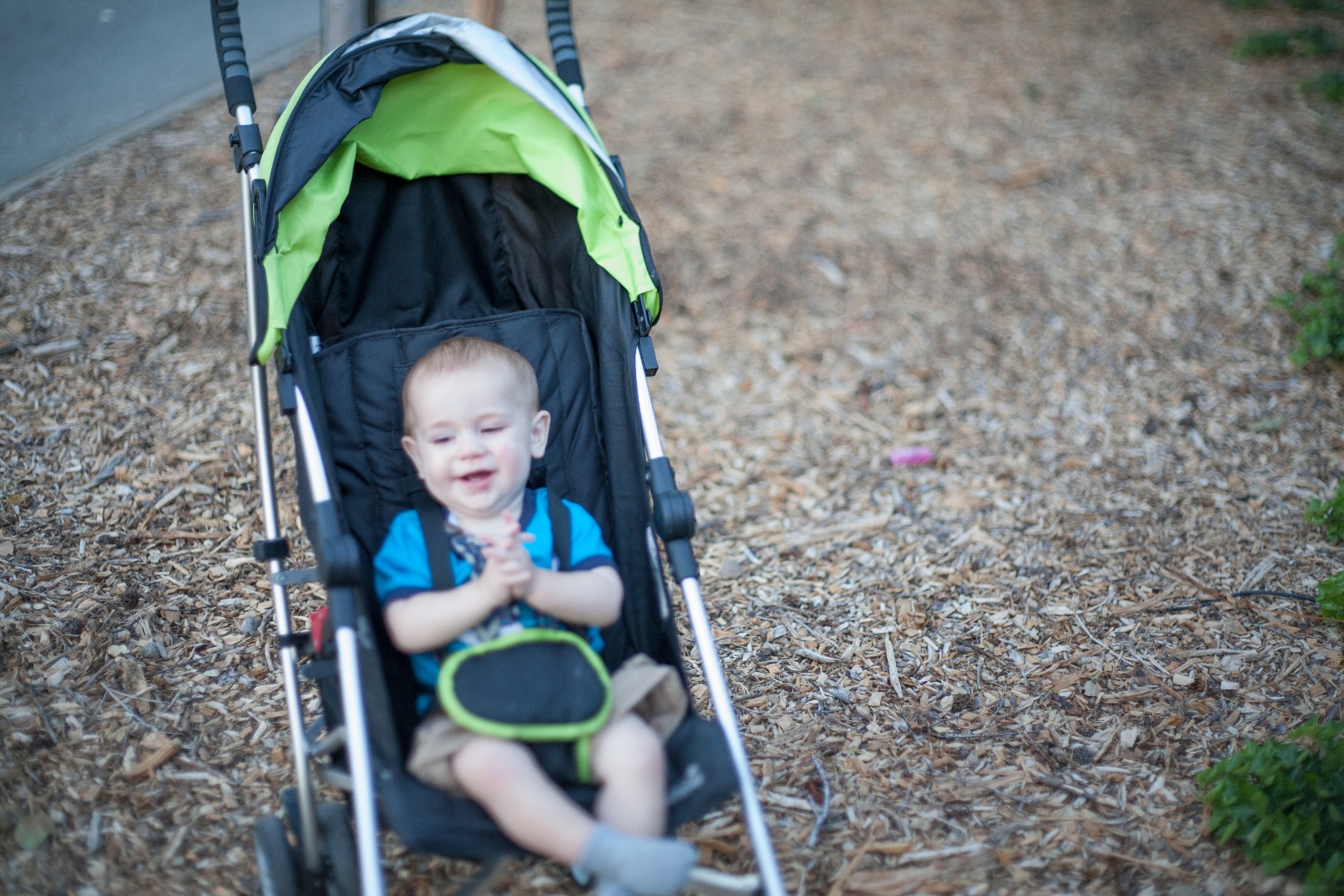
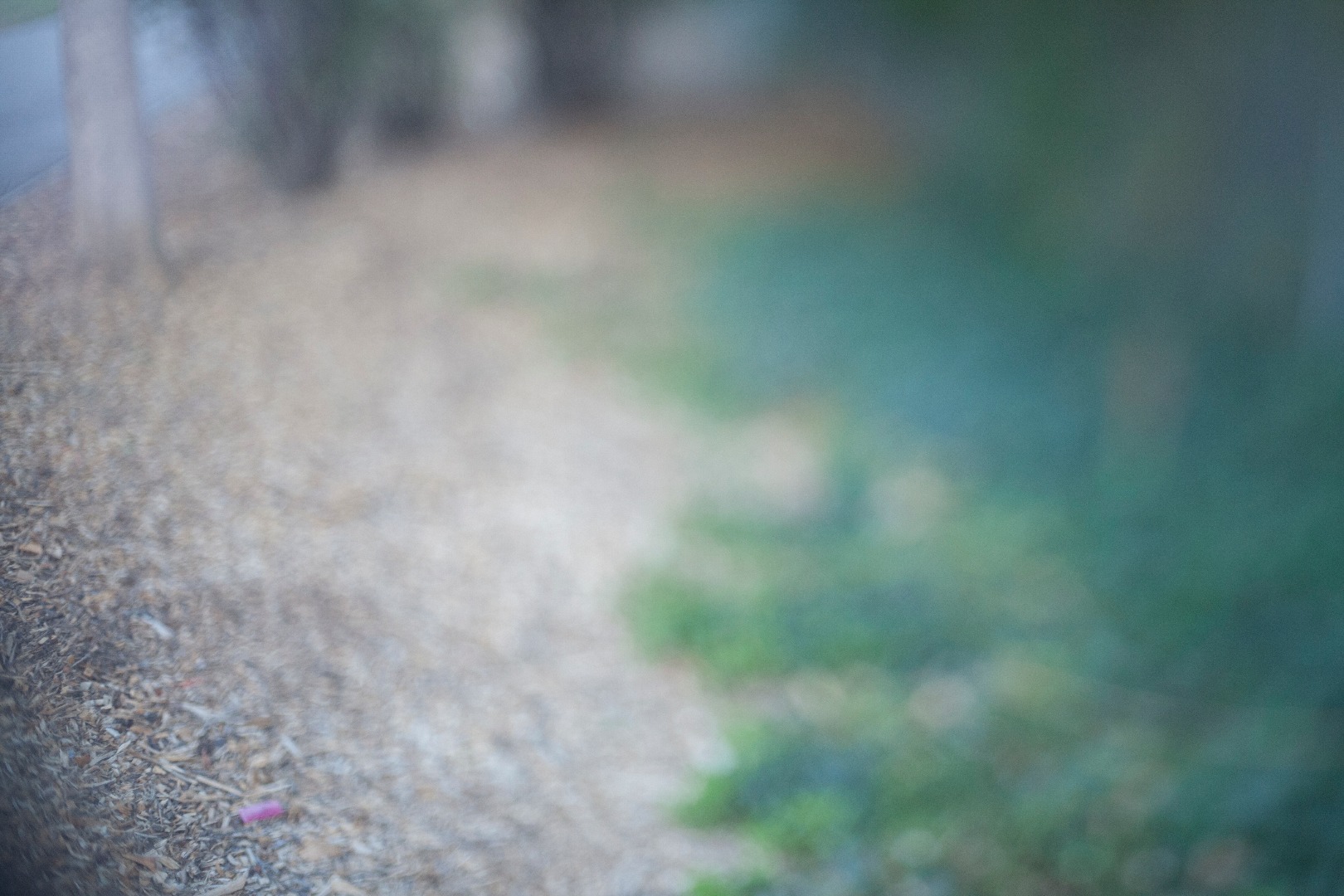
In order to adjust the focus while free lensing, you will need to make sure that your camera lens is switched from AF (Auto Focus) to MF (Manual Focus). There is usually a little notch on the side of the lens that you can switch to adjust the focus mode.
Once in MF mode, you will be able to rotate the focus ring on the tip of the camera lens. This is where your pointer finger rests, as seen in the previous step, "Mastering the Juggling Act".
There are two steps to adjusting the focus:
- Move the lens to the left or right, up or down, and away from the camera body.
- Manually rotate the focus ring on the lens using your pointer finger.
1. Adjusting the lens angle
Usually, when free lensing, I will first pull the lens only slightly away from the camera body. The less you pull the lens away from the camera, the less distortion or tilt-shift effect will result. The further you pull the lens away from the camera body, the more distortion.
2. Manually focusing
Once you've got the angle you are satisfied with, you can adjust the specific focal point by moving the focus ring on the lens. As you look through the viewfinder, you will notice your subject becoming more or less in focus as you rotate the focus ring. Once you've got the focus you're after, snap the shutter button!
Experiment with your camera to figure out how adjusting the lens angle and focus ring affects your final photograph!
Creating the Perfect Exposure
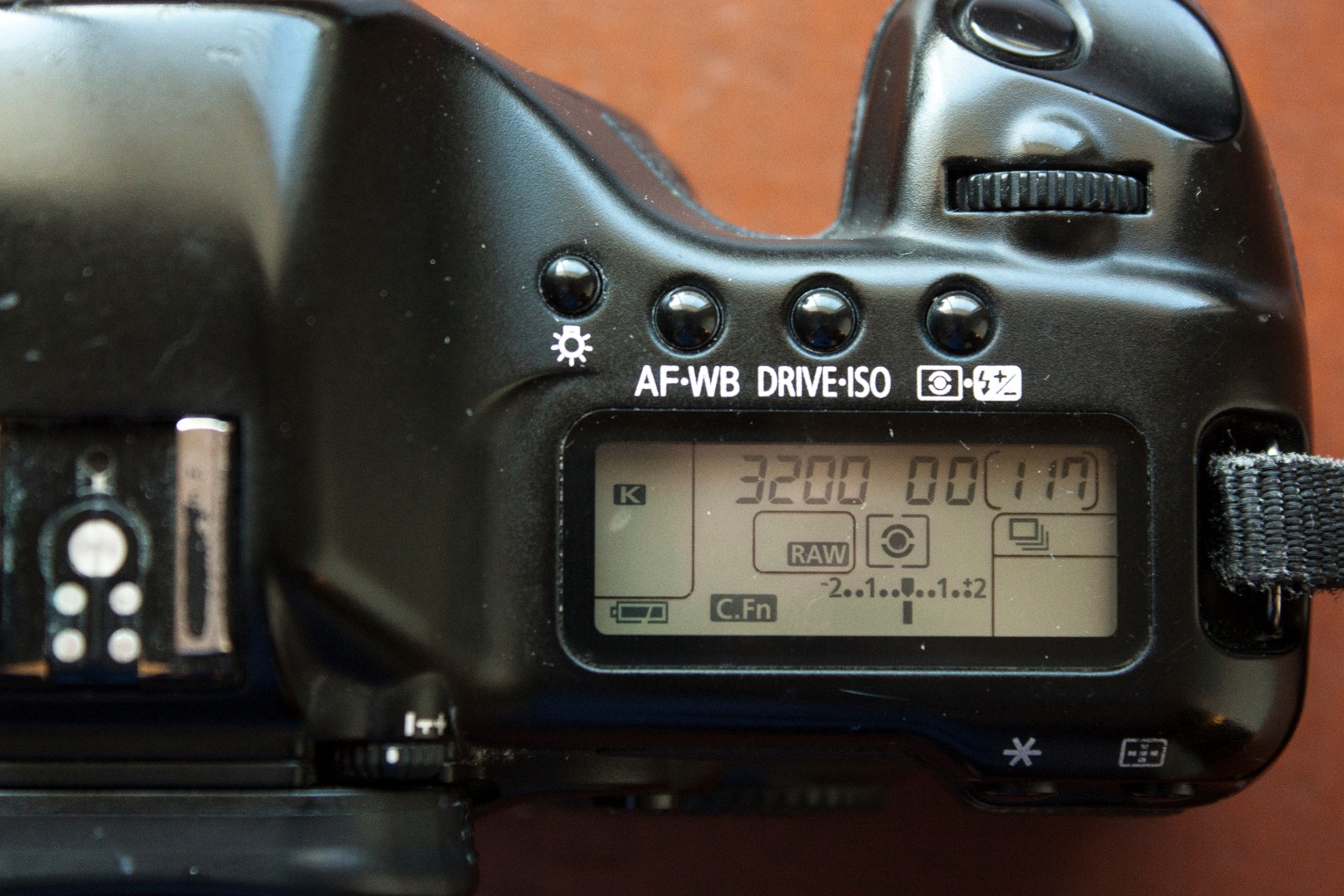
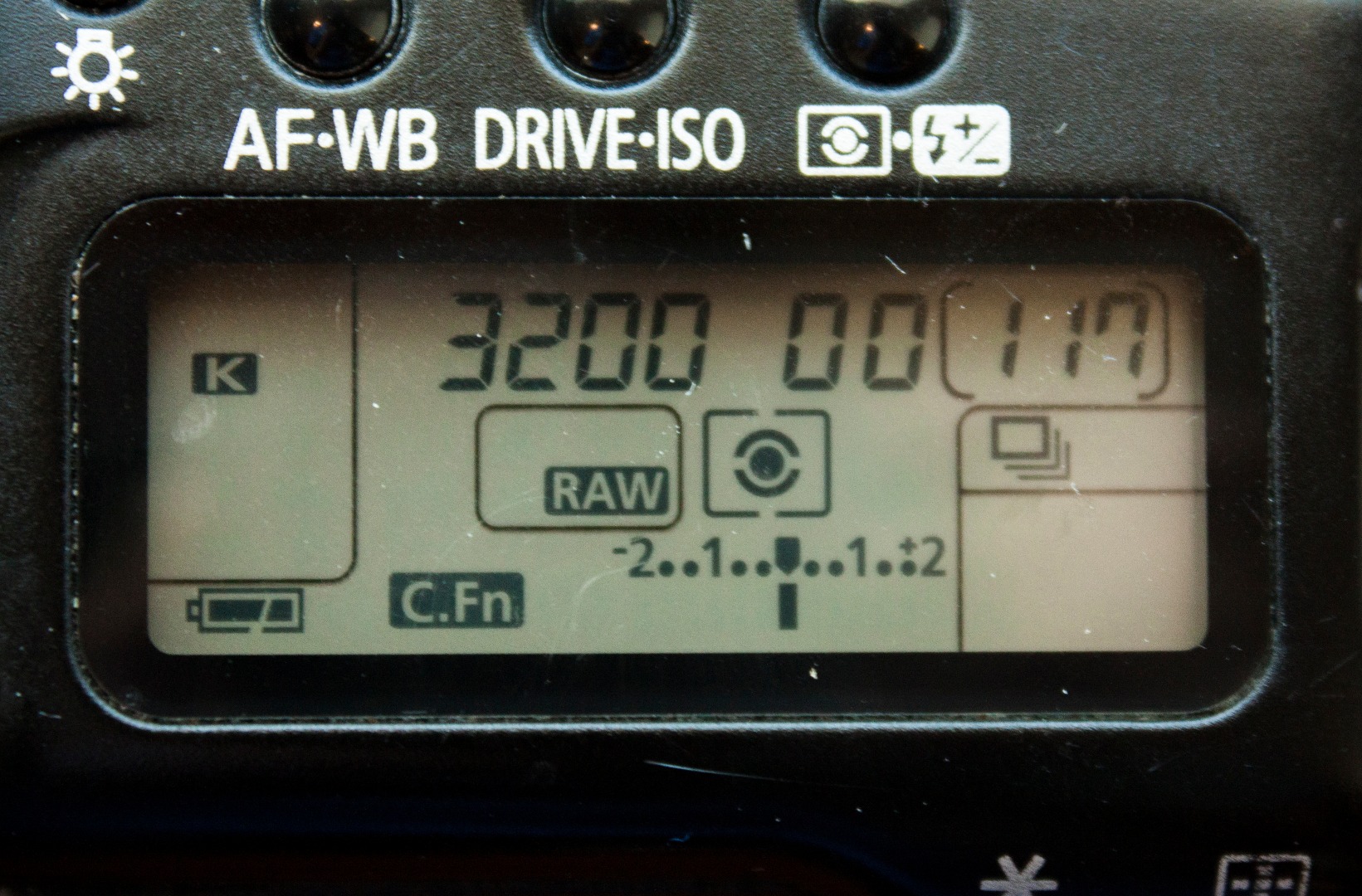
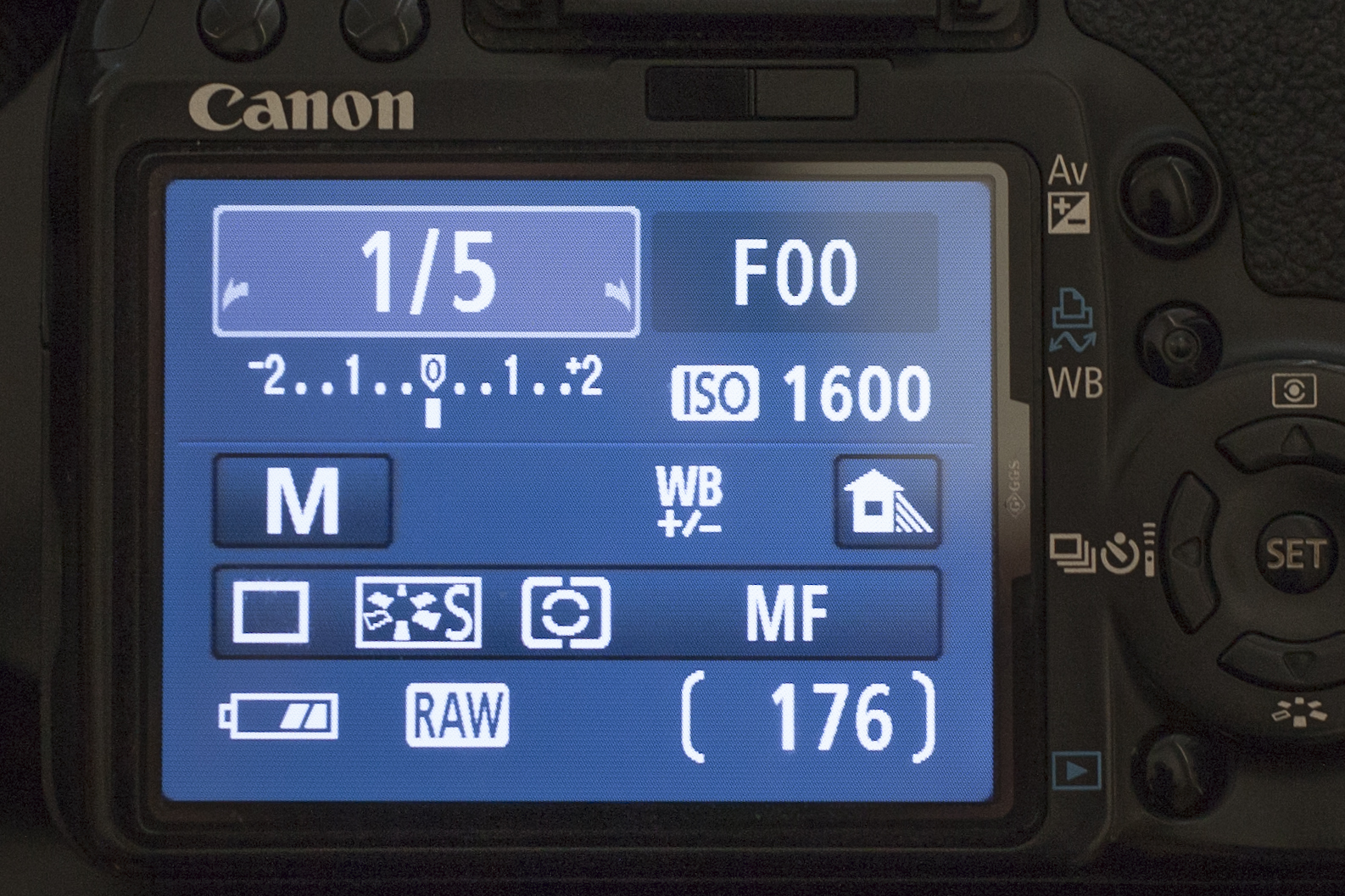

In order to create a beautifully exposed free lens photograph, you will need to have the camera in manual mode. This will allow you to adjust the shutter speed manually while free lensing. If you do not know how to adjust your shutter speed, f-stop, or ISO manually, please refer to your camera's instructions or an online tutorial.
Once your camera is in manual mode, it's time to locate the exposure meter on your camera. This little tool will come in handy! If you are unfamiliar with the exposure meter, it can appear in several places on your DSLR.
The exposure meter looks like this:
-2 | | 1 | | 0 | | 1 | | +2
Depending on the camera model, you may see your exposure meter on the top LCD screen of your camera, or on the back panel LCD screen. Most cameras are also equipped with an exposure meter inside the view finder for easy access when taking photos.
Typically, you want to adjust your shutter speed, F-stop, and/or ISO so that the notch on your exposure meter is directly in the middle (under the 0), as seen in the photos above.
Once you've determined what you want to take a photograph of, I suggest simply taking a regular photo of the subject, adjusting the shutter speed, ISO, and F-stop so that the exposure meter is level on the '0' notch.
Now that you've got your settings, let the fun begin!
Go ahead and remove the camera lens from the body, being careful to hold the lens as shown in the previous step, "Mastering the Juggling Act". As soon as you demount the camera lens from the body, you will notice that the settings panel will show that your F-stop is now 00 (or -- on some types of cameras). What? How can you have an F-stop that is 0?
No fear! That's supposed to be like that.
Basically, by removing the lens from the camera body, the camera will no longer be able to collect information from the lens. In fact, it is the lens that limits the F-stop capability (for instance, a 1.8, 50mm lens can only go as low as a 1.8 F-stop). So, now that the lens is no longer connected, you are basically free to shoot in a wide range of low F-stops that your camera was hitherto unable to reach! :) (I LOVE cool hacks like this!!!) This ability to access lower F-stops will become apparent when you start getting some really cool blurred backgrounds (typical of a 1.8 Prime lens) using just an everyday ol' kit lens. Congratulations!
The settings you used to take your first photo will act as a good guide for exposing your free lens photo. Some adjustments may be required now that more light is being let in through the sides of the lens. Note that you will no longer be able to adjust the F-stop, so you will only be able to change the shutter speed or the ISO in order to perfect the exposure.
As you move the lens from right to left, up or down, you will be letting more or less light into the camera body which will then react with the camera sensor. Once you get the angle you like for your free lens shot, snap the shutter button and take a look at the product. If it's exposed perfectly for your taste, good job!
Due to the finicky nature of free lensing, it may require several shots to get the exposure just right. If it needs adjustment, you can speed up or slow down the shutter speed to correct the exposure.
Practice, Practice, Practice!
As with everything, practice makes perfect! I would say that free lensing is no exception. I've been doing this for a year now and feel like I get better and better at it every time I try.
So, as you set out to give free lensing a whirl, I would suggest practicing the motions necessary to hold the camera and lens, as it's very important you learn to handle your equipment safely. I'd also advise that you practice sitting down or in an area with lots of pillows/carpet, just in case you happen to take a spill with your camera equipment. This tutorial will not be very fun for anyone if anything breaks! ;-)
Understanding Potential Risks
Attempting the Free Lensing technique DOES pose some risks. By trying this technique, you understand that you are entirely responsible for the safety of your camera and lens.
Dropping your Camera Body or Lens
I find that having a camera neck strap can help prevent a lot of damage to my equipment. By having the camera securely around my neck, it ensures that I cannot drop my camera body while taking free lensing shots. This then enables me to focus my energy on not dropping the lens while I'm free lensing. With all this in mind, I haven't attempted to take any free lensing photos when I'm up really high, moving, or improperly balanced; to me, an artistic shot is just NOT worth dropping or damaging my camera equipment.
Getting dirt on the Camera Sensor or Mirror
When your lens is detached from your camera body, you do pose the risk that dirt or particles can get into the camera and end up on your camera sensor or mirror. The sensor can be cleaned (look up instructions on how before attempting to clean), but you can also prevent this by simply being cautious while free lensing. Make sure your hands are clean when handling your lens and camera body. Also, try to stay away from sand or water while taking photos. And, use common sense when taking your lens off; if it's windy or you're in a tornado, you might want to think twice about taking off your lens and exposing the inside of your camera to such conditions! :)
Scratching your Lens
As with any time you take a photo, you can always accidentally scratch the front of your lens. But, you might want to also note that while free lensing, you may scratch the lens from the inside, closest to the mount. Hopefully the mount will protect your lens from scratches while you tilt your lens left and right, up and down. But, just be cautious that you aren't being too rough with your lens while moving it about.
Tips
- Set up your camera settings (shutter speed and ISO) prior to detaching the camera lens. This will give you a good "home base". Then, when you are juggling the lens, shutter button, and manually focusing, you won't have to worry too much about adjusting the exposure.
- If the photo is too bright, you need to speed up your shutter speed (i.e. adjust shutter speed from 1/4 a second to 1/100 of a second). If the photo is too dark, you need to slow down your shutter speed (i.e. adjust shutter speed from 1/100 of a second to 1/4 a second).
- Practice first on still subjects such as flowers, food, and architecture. Then, as you get the hang of it, work your way up to moving subjects such as animals, people, and transportation.
Example Photos

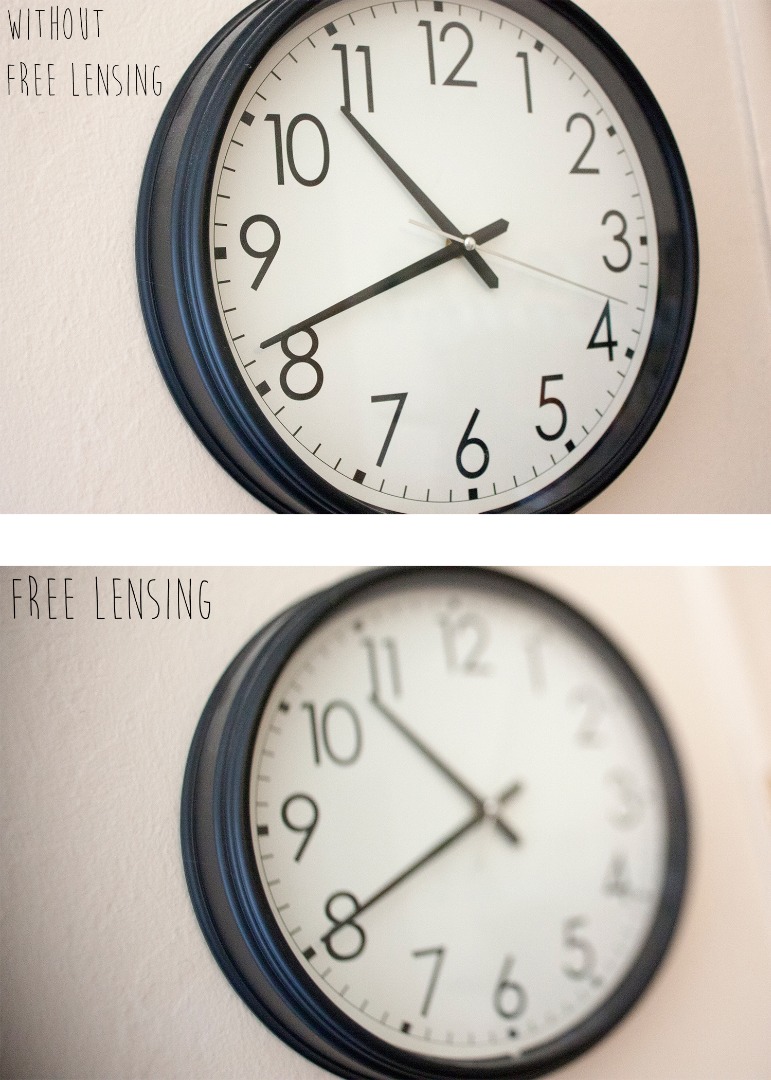
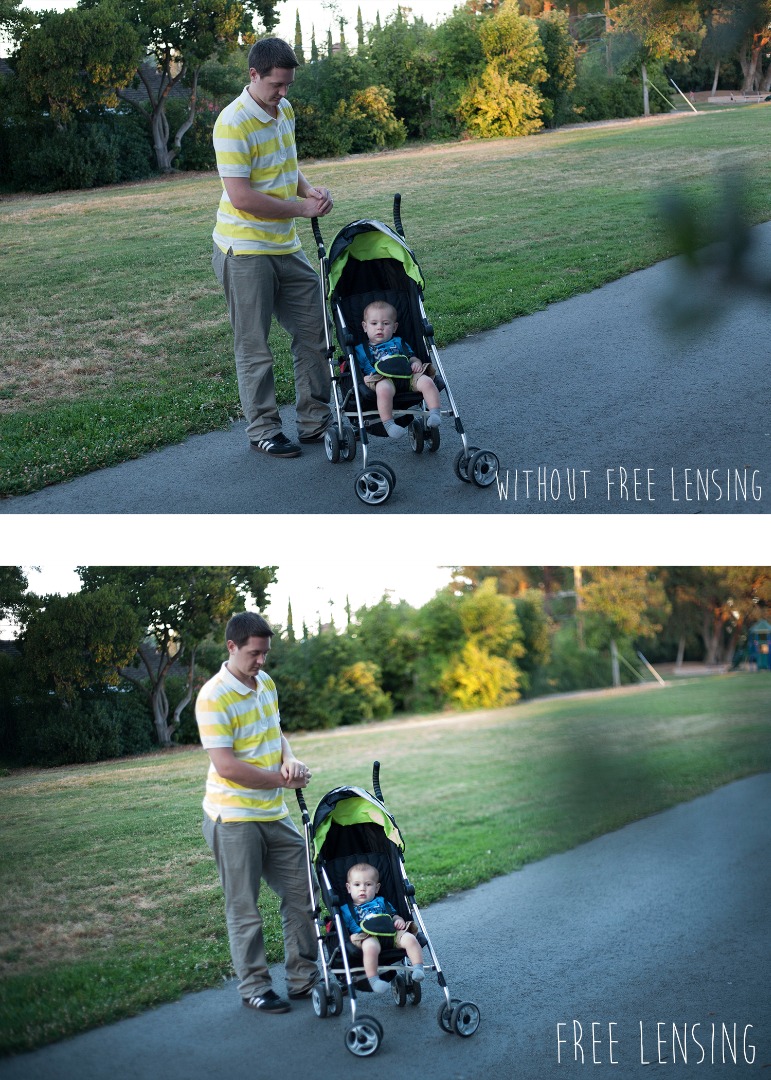
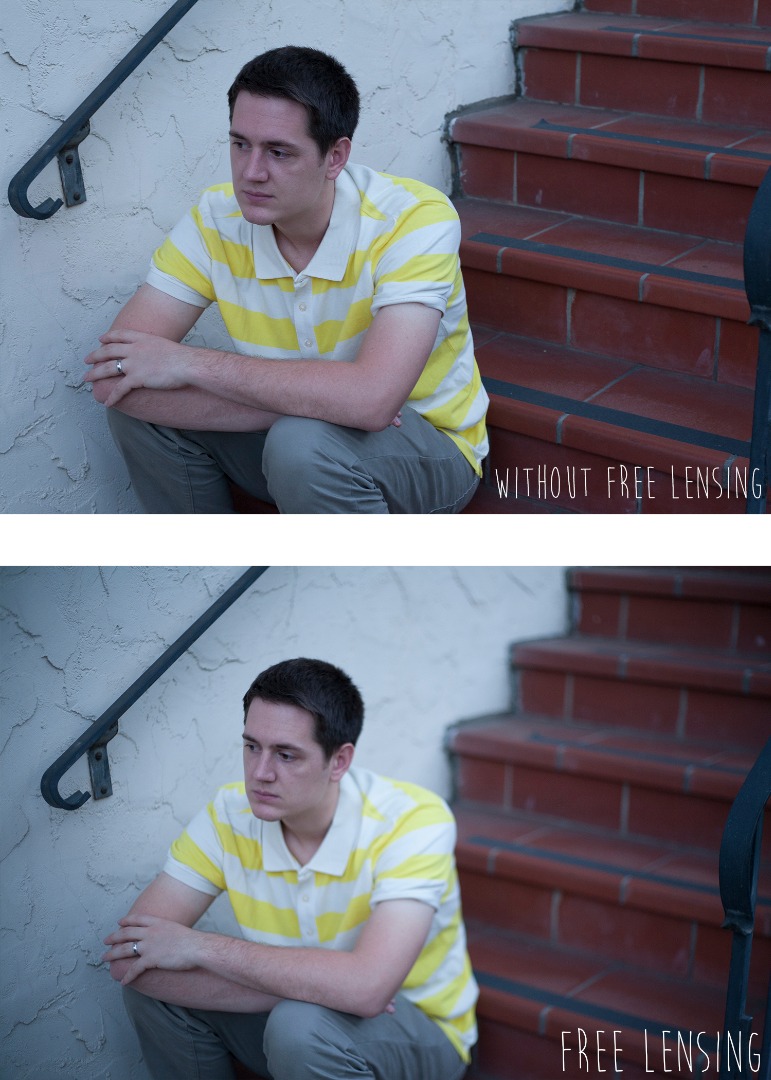
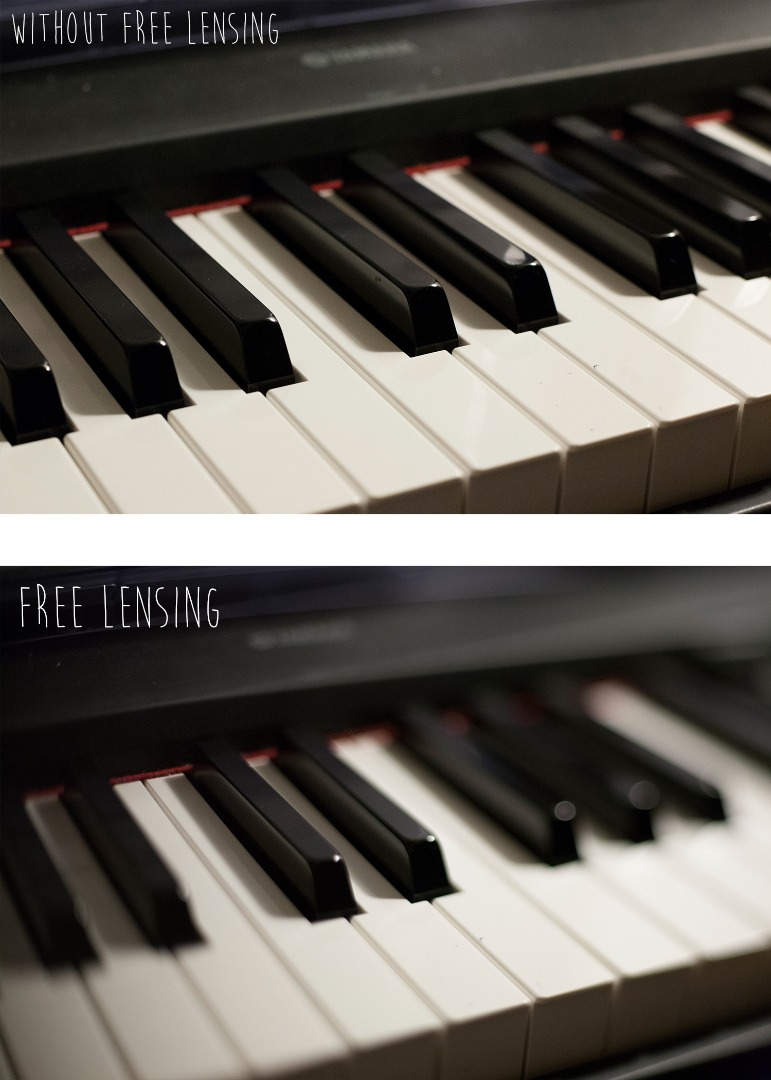
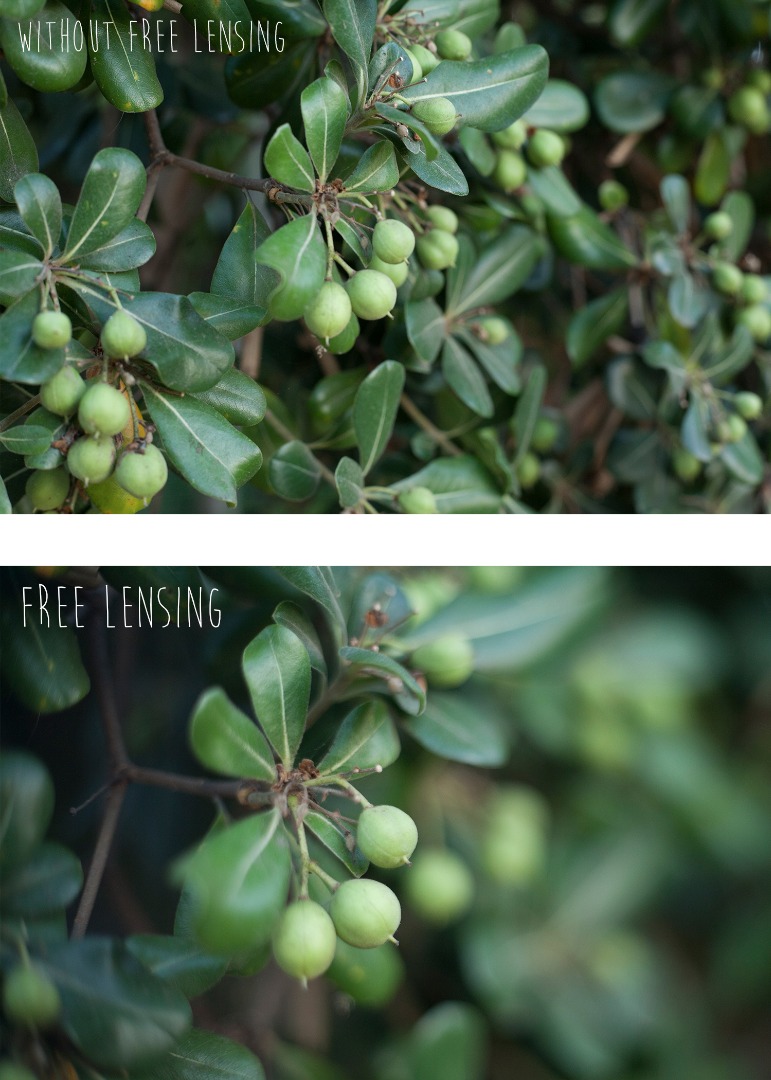
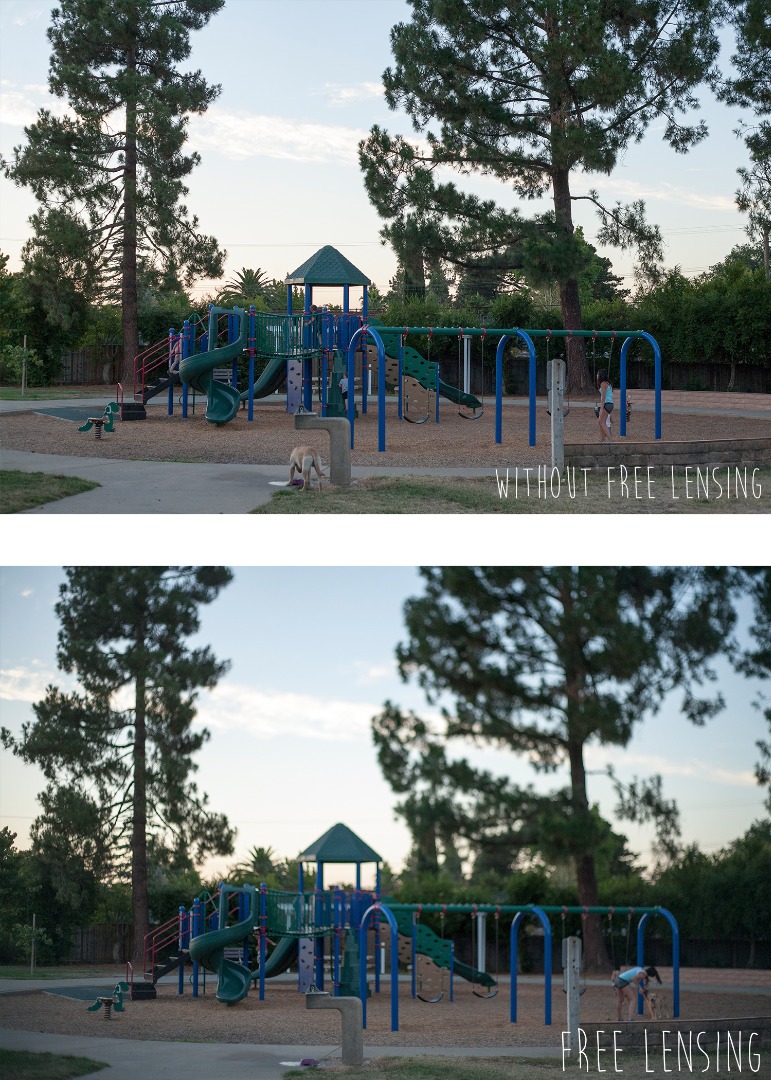
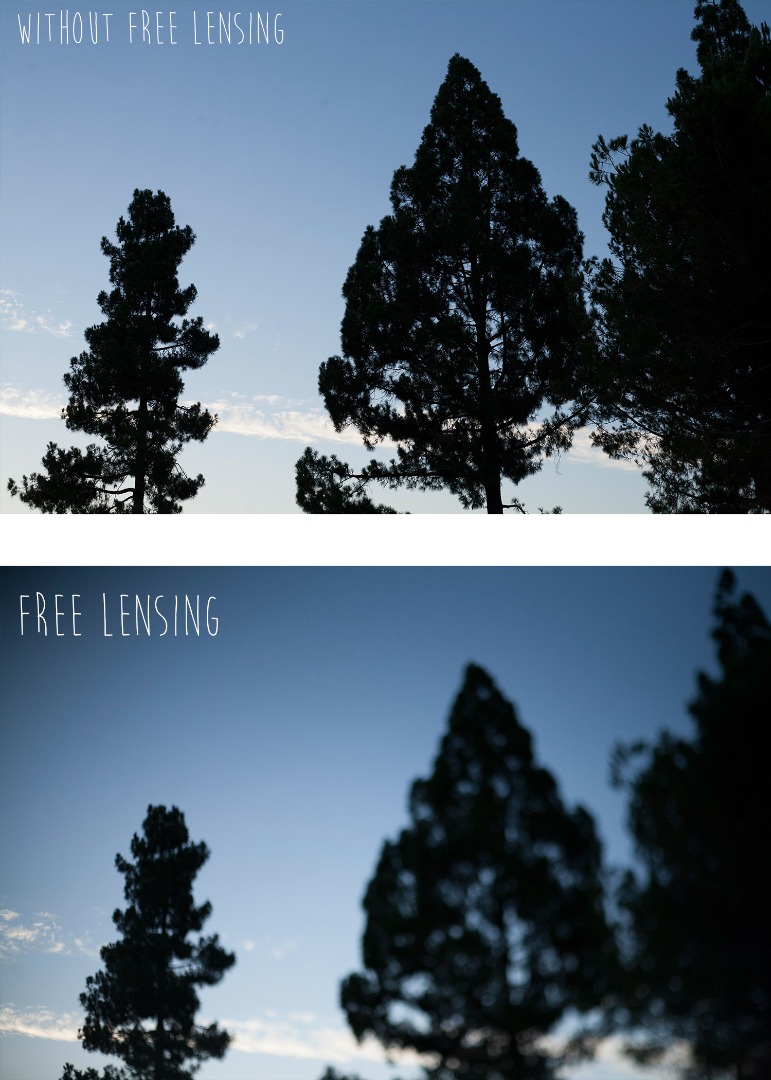
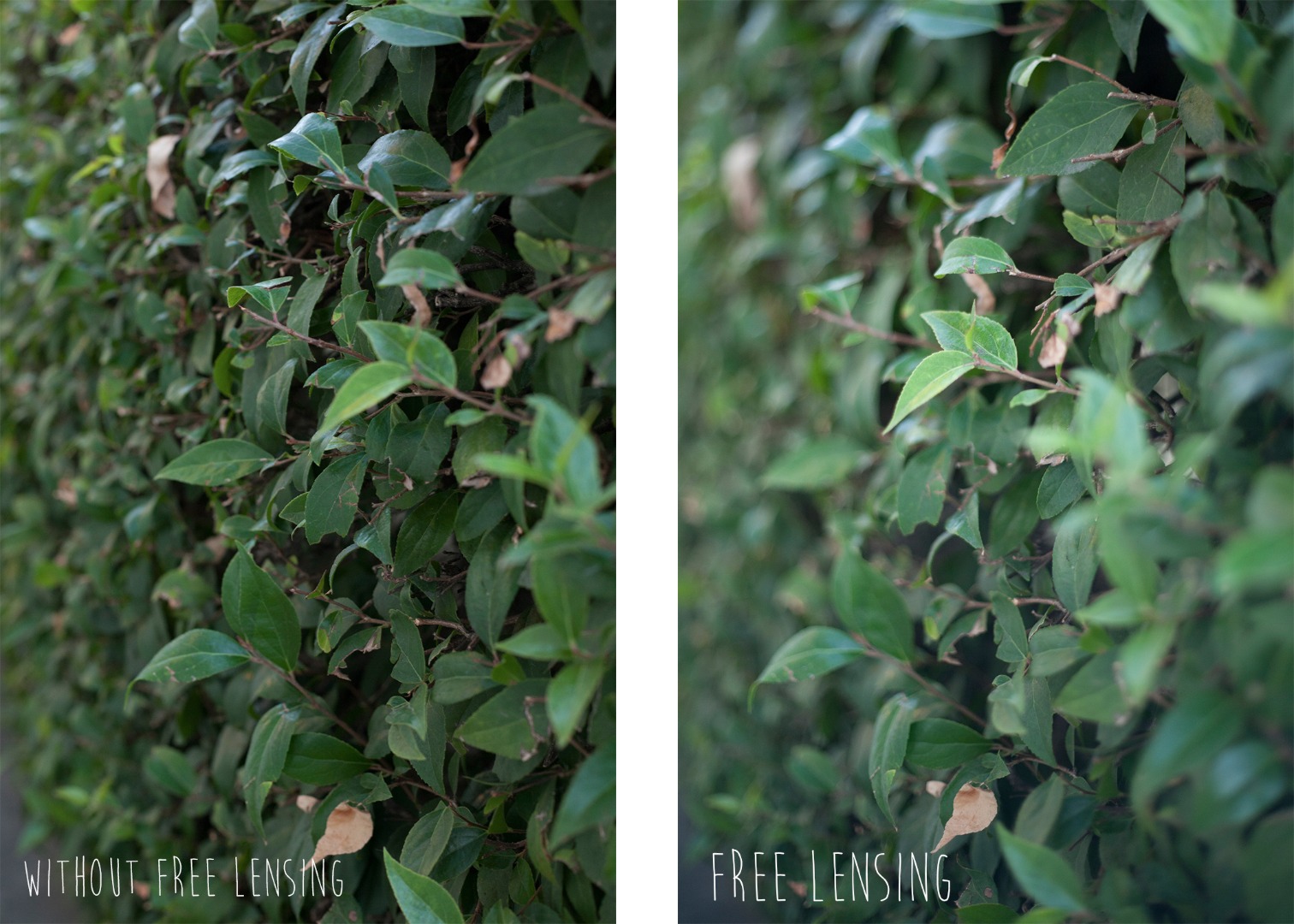
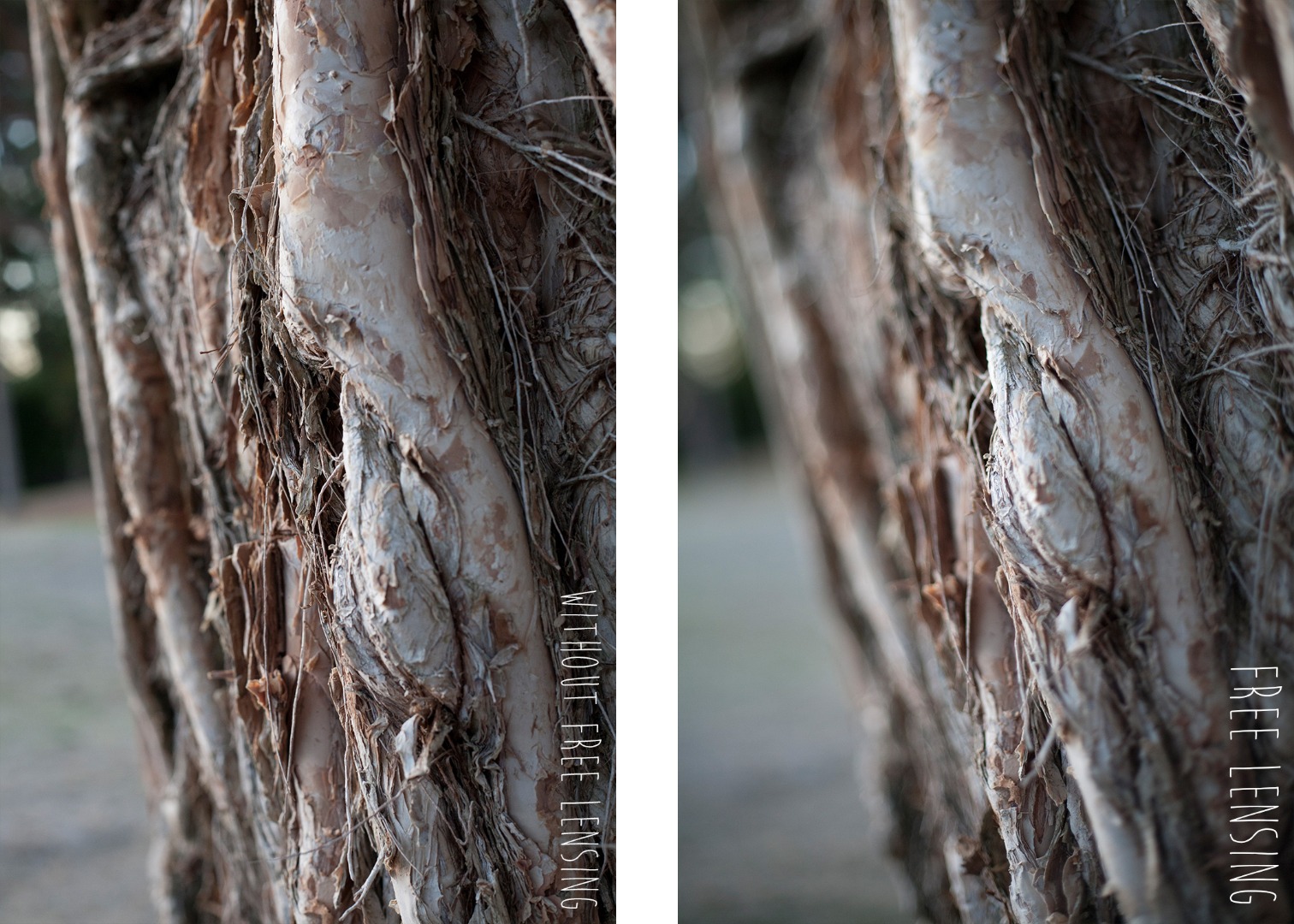

Here are some comparison shots showing what the free lensing technique does to a photo. While most of the effects in these examples are mild, you can create a more abrupt tilt-shift effect by tilting the lens further away from the camera body. This will also help produce natural light leaks or vignettes along the edges of your photo. Practicing with different angles and different distances from the camera will help you know what to expect when free lensing.
Show Me What Masterpieces You've Created!
Now that I've shown you how to create a tilt shift effect, I'd love to see what you come up with. Please post your latest free lensing creations below so we can all enjoy!
And, if anything was unclear in the tutorial, please feel free to let me know in the comments below; I don't mind answering your questions so that you too can master the art of free lensing.